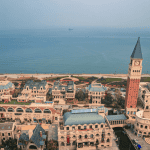I must tell you, this year is truly extraordinary. Places that were once incredibly forgettable are suddenly becoming hugely popular!
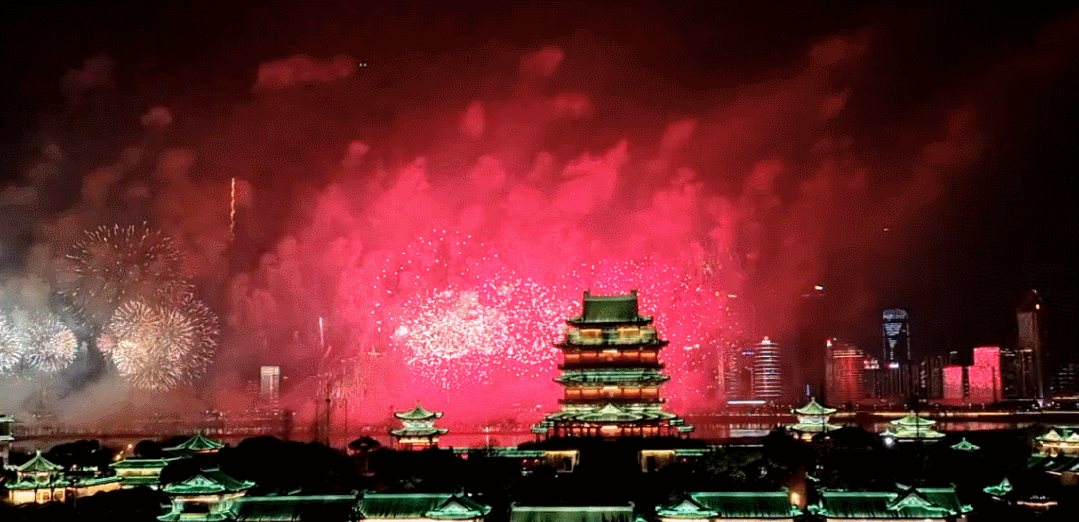
Fuzhou and Harbin don’t need much explanation, right? They have gained so much popularity that I see the corners of hotel staff’s mouths always turned up with a smile.
But there’s one place that doesn’t have trending internet memes or doesn’t often hit the hot search lists, yet it has quietly surged into the ranks of “first-tier tourist cities.”
Just how popular is it?
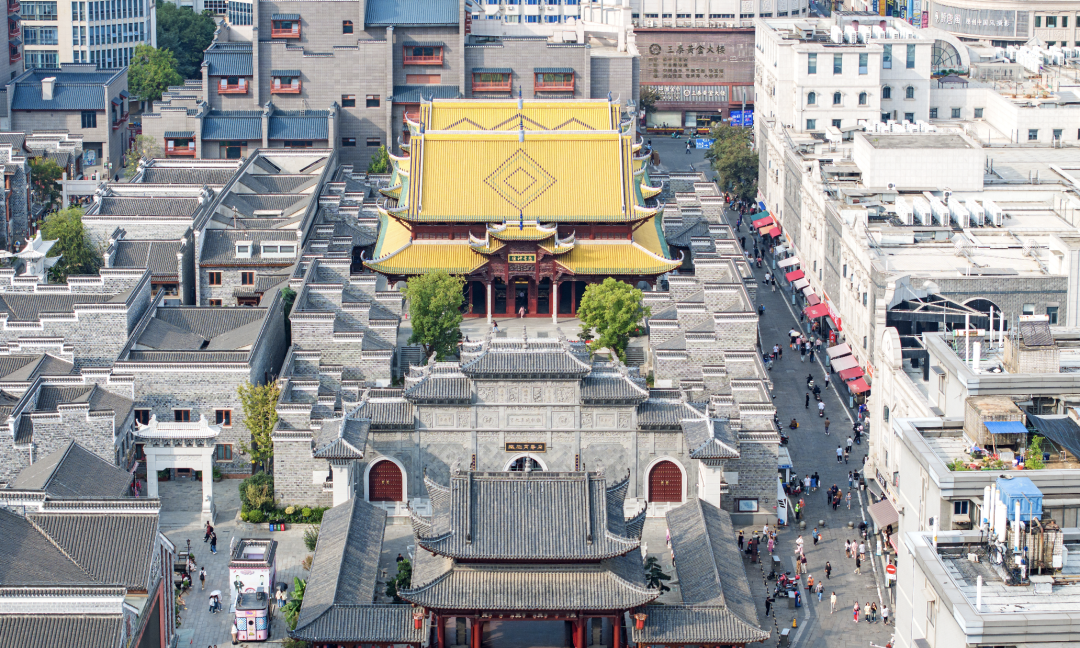
During last year’s May Day holiday, it ranked fifth in the country in total tourist reception; during last year’s National Day holiday, a fireworks show by the riverside attracted nearly 1 million visitors, with a subway passenger volume intensity of 16,100 per kilometer, surpassing Beijing, Shanghai, Guangzhou, and Shenzhen to claim the top spot nationwide; during the Spring Festival holiday of 2024, it ranked third in the country in terms of increase in city popularity, following Harbin and Fuzhou; just recently, Tongcheng released its list of 2023’s “Travel Special Forces” favorite destinations, and it made the list; …
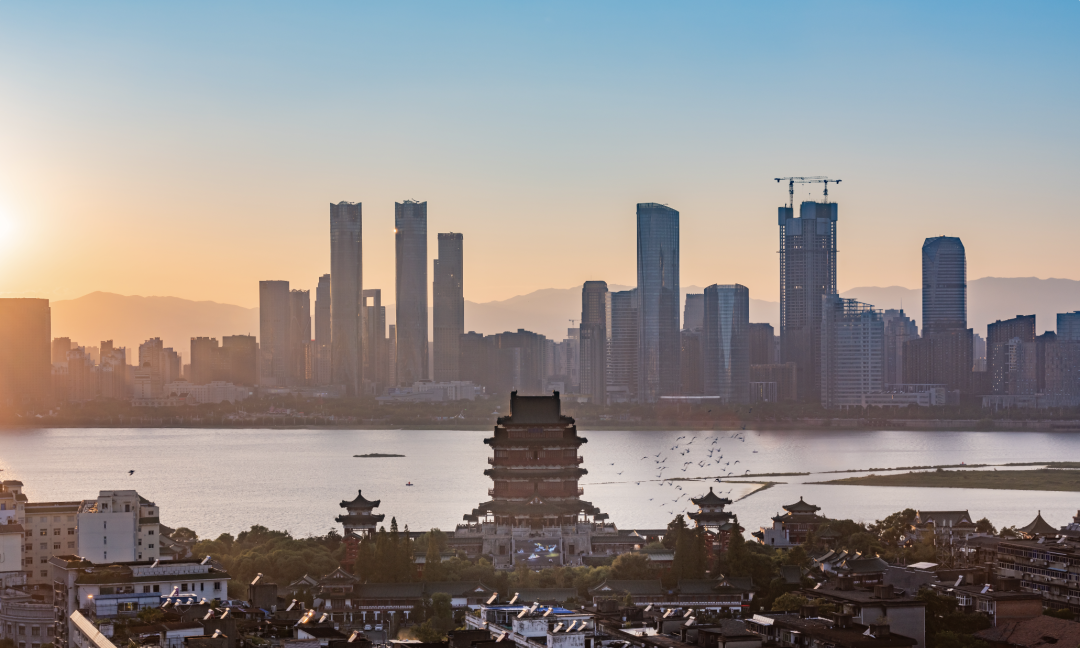
From being the capital of “Akalin Province” to a popular tourist city, I am very curious about Nanchang!
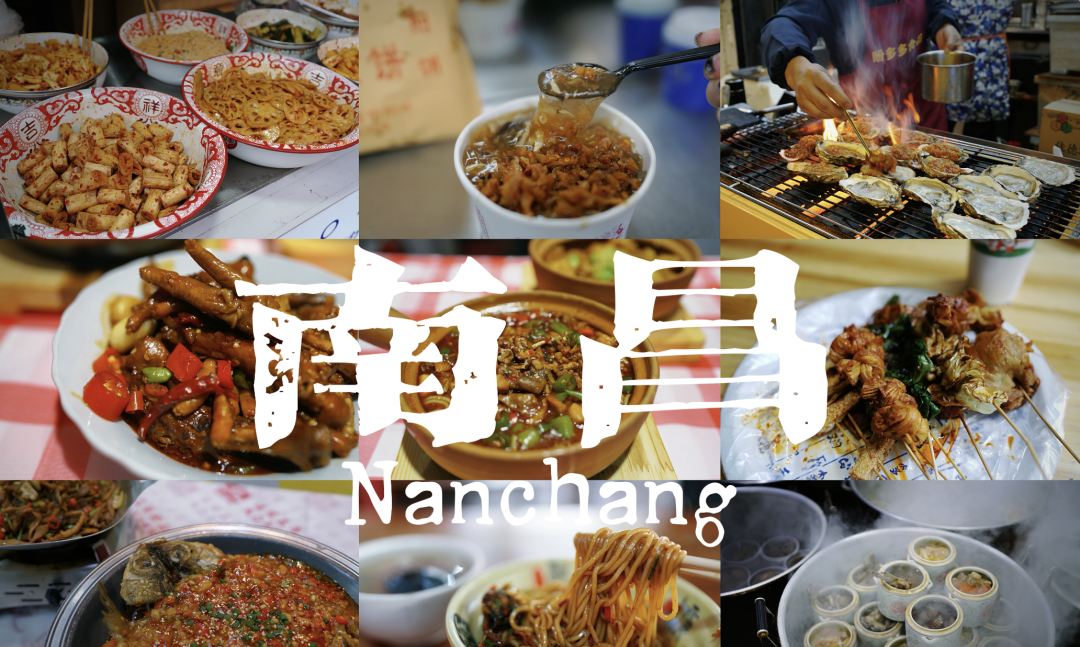
Nanchang and the previous internet celebrity city Changsha have many similarities. Both cities have majestic tributaries of the Yangtze River flowing through them; you’re probably familiar with the landmark Orange Isle on the Xiangjiang River, and you must also know the landmarks along the Ganjiang River, not to mention you can recite poems about the Pavilion of Prince Teng by heart.
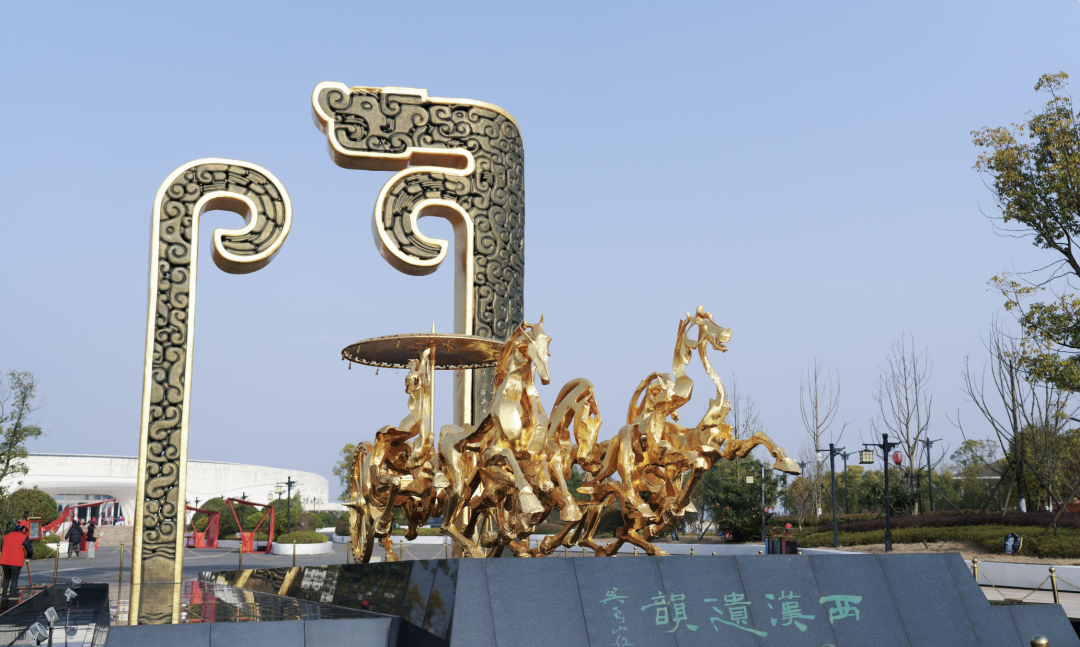
Both cities are known for their spicy and hearty food; in fact, after experiencing a meal there, I found that the Nanchang dining scene is much more exciting than I had imagined. Even though I am just someone who enjoys mildly spicy food at Haidilao, I cannot deny the deliciousness of Nanchang cuisine!
There are also museums with a wealth of resources; however, while many go to Changsha mainly to see a girl (Madam Xinzi), in Nanchang, people primarily go for a boy (Hai Xun Hou). Last December, the main tomb site of Hai Xun Hou Liu He officially opened to the public—worth visiting even for those who have been there before!
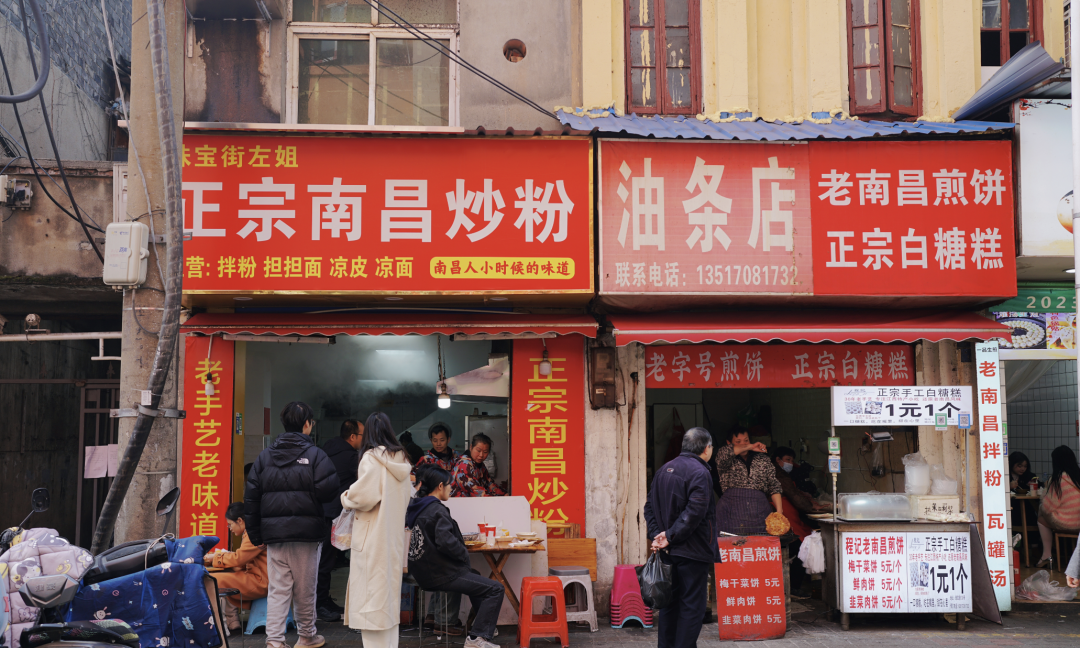
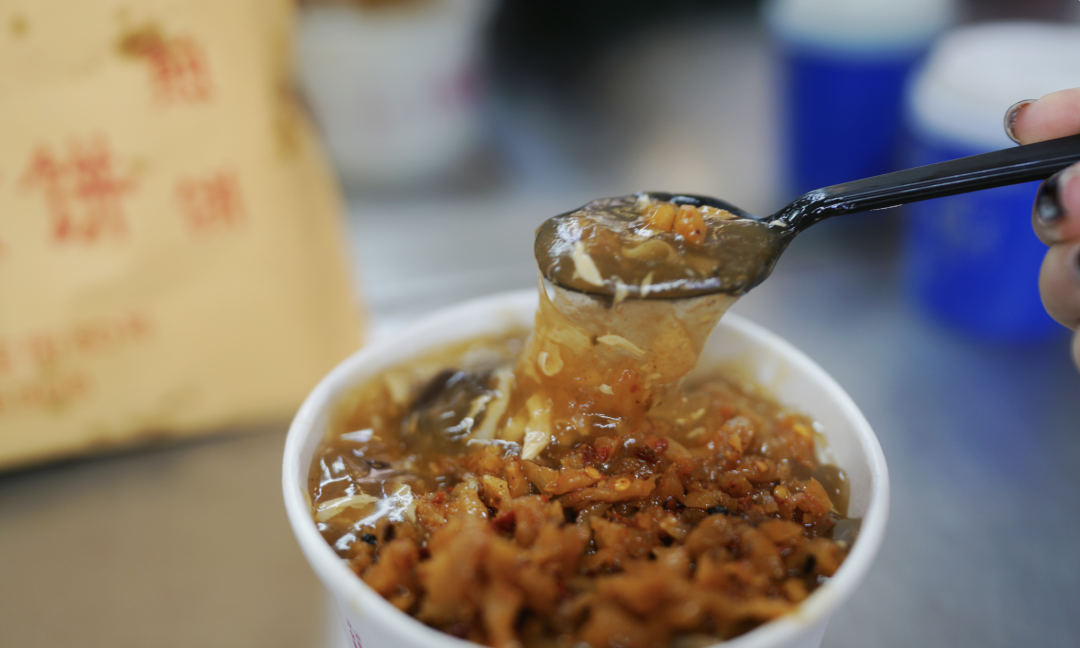
*The museum with the highest “gold content” in all of China
While there are similarities, every aspect is unique. After visiting Nanchang, I understand even more why it has become popular. The city’s transportation is incredibly convenient! High-speed trains are everywhere; it takes about 3 hours from Shanghai, 2 hours from Hangzhou, and roughly 4 hours from Guangzhou and Shenzhen, making a weekend trip absolutely feasible! If it’s farther away, just fly. Taking advantage of the benefits of being a “non-tourist city,” flight tickets are often heavily discounted, and even during holidays, flights to Nanchang aren’t particularly expensive.
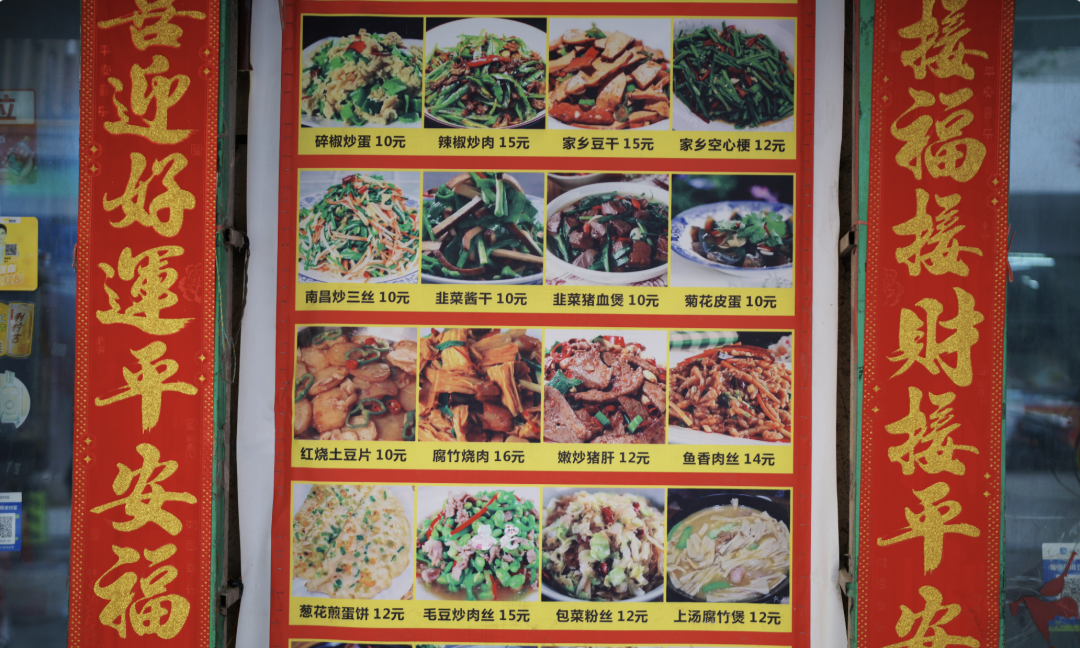
I have traveled to many places, but this time I was utterly moved to tears by the prices in Nanchang! Before coming, I had heard a saying that a meal in Changsha could buy three days’ worth of food in Nanchang. Of course, this is an exaggeration, but the low cost of living in Nanchang is a well-acknowledged fact—3 yuan for rice noodles, 4 yuan for meat pie soup; with a 100 yuan bill, you can spend two days and still get change!
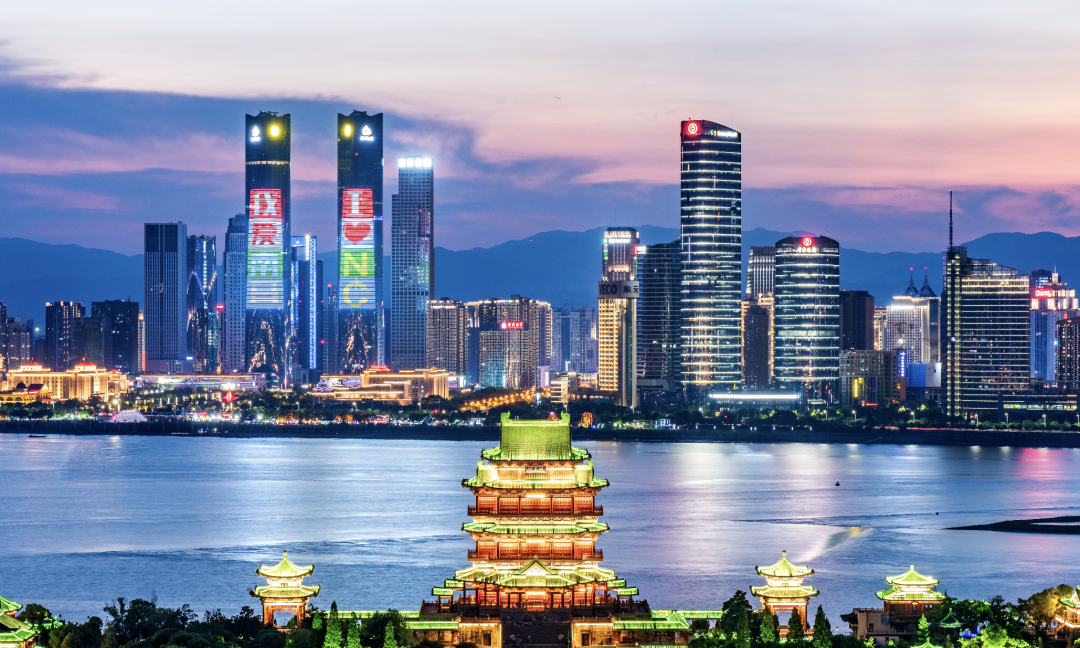
For a place to rise to fame, it must have something exceptional about it. If you haven’t been paying attention to Nanchang, this travel guide will give you many reasons to take an interest. I will clarify everything regarding eating, drinking, playing, staying, and transportation in Nanchang.
Where to stay in Nanchang?
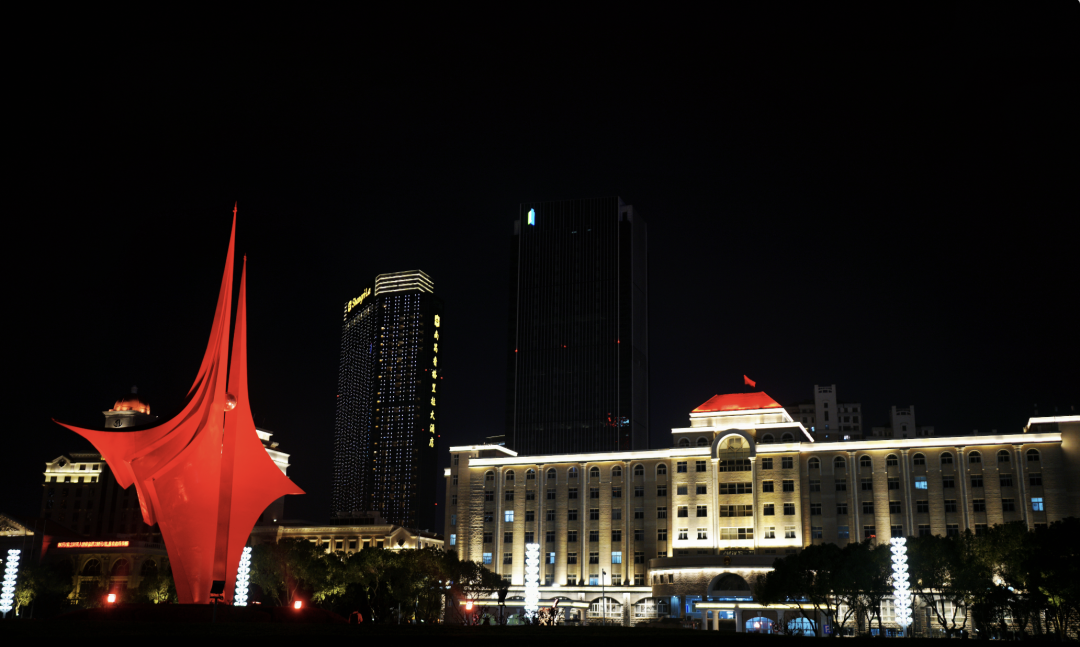
First and foremost, I recommend looking for accommodations near the old city around Bayi Square, as most sights and dining streets are quite close. If you prefer brands, Nanchang, being a provincial capital, has a relatively weak offering of luxury hotels, mainly featuring mid to high-end brands such as Shangri-La, Wanda Realm, and Hilton Garden Inn. Furthermore, most new branded hotels opened in the past two years are concentrated in Honggu Tan, and you will need to travel around 20-30 minutes by subway to reach the old city.
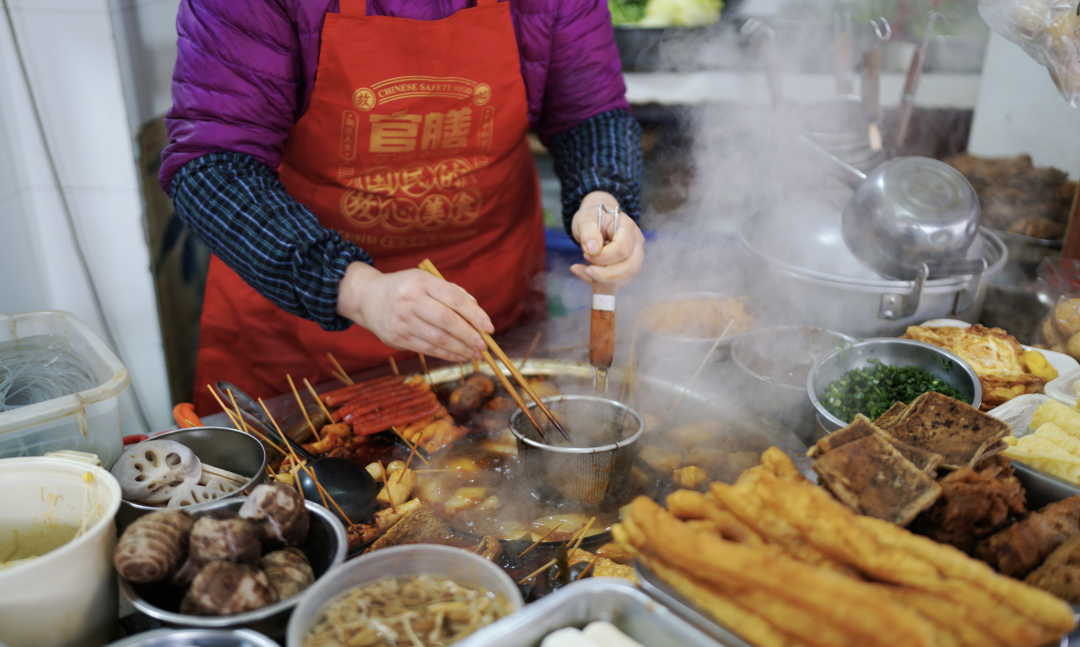
Where to eat in Nanchang?
I really need to dedicate a separate piece to Nanchang’s cuisine! My mouth waters, but I just can’t put down my chopsticks. Nanchang has well-and-truly won me over; I will summarize what I found in this guide.
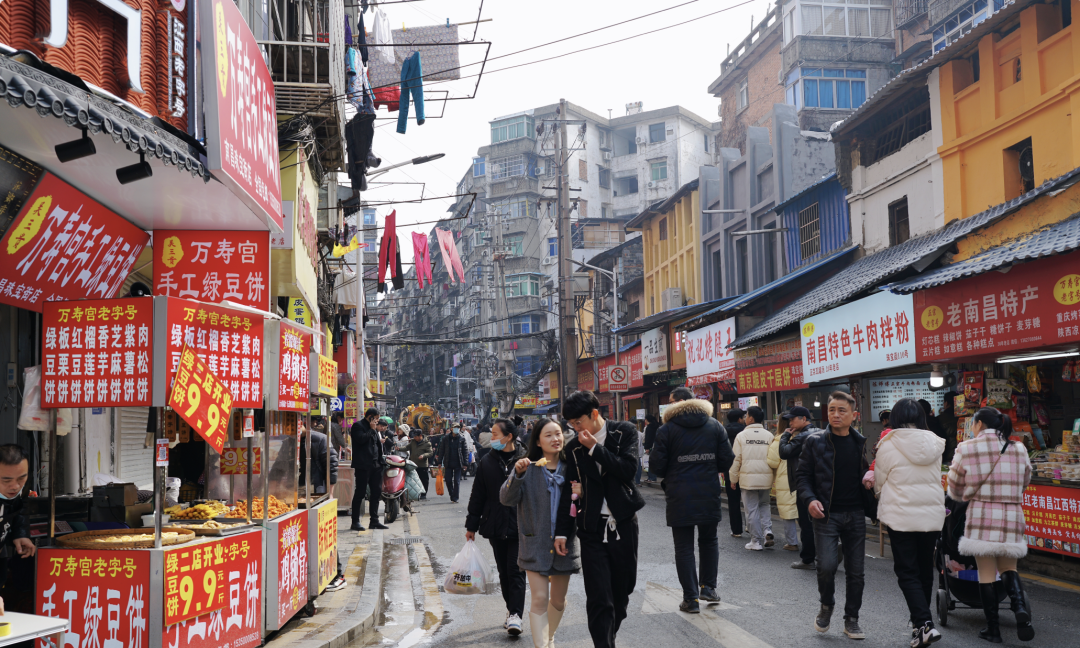
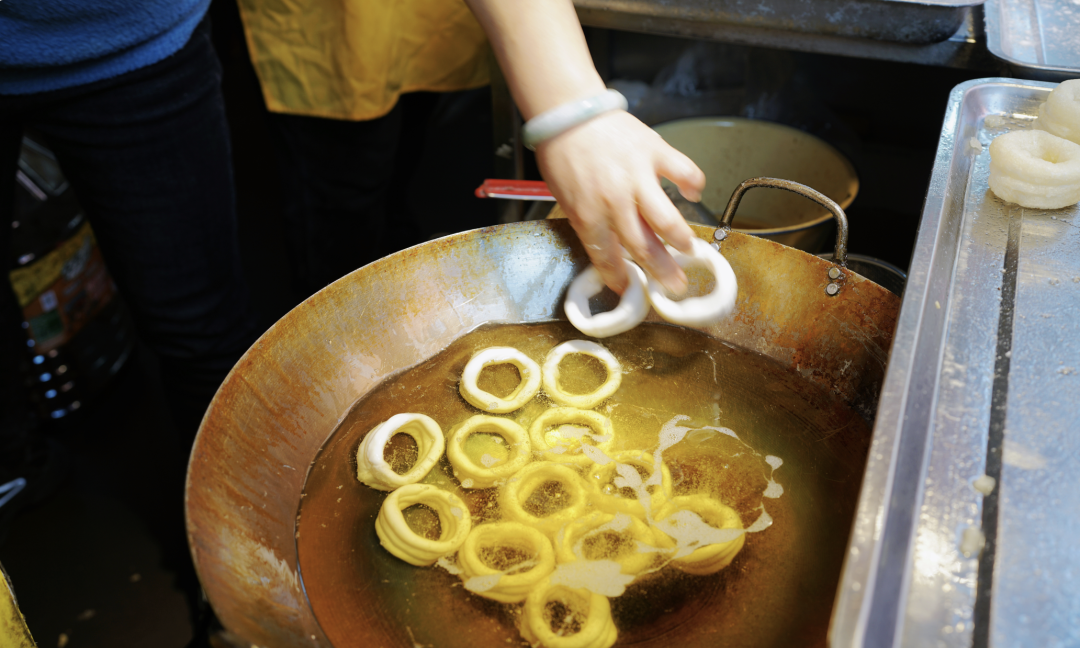
Wishing for street snacks? The most popular tourist food street currently is Zhu Bao Street. The food isn’t too bad but is priced higher, and locals generally don’t go there. However, since it’s near the Wanshou Palace, if you pass by and feel hungry, you can grab a quick bite.
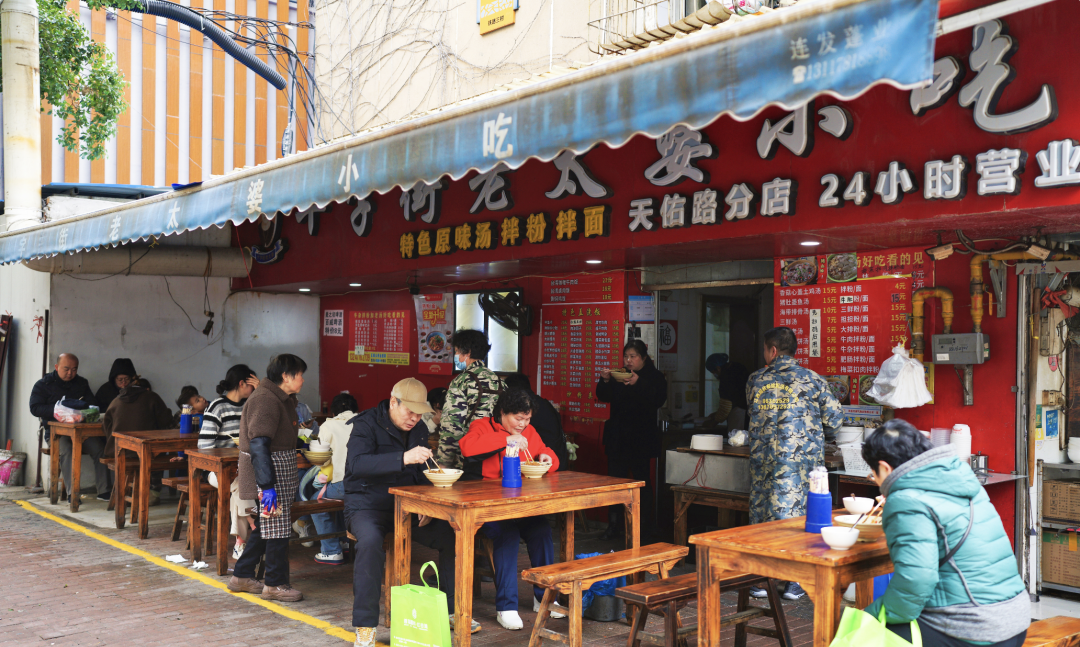
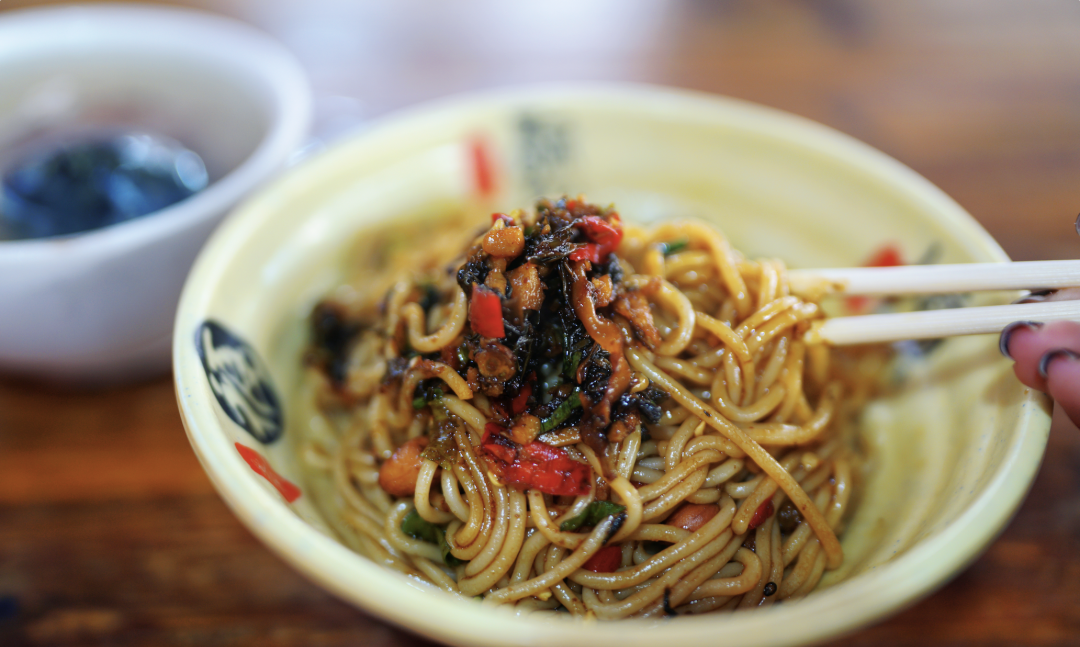
I recommend Yangzi Lane more. Here you can find delicacies like Meikang drinks, Zhang-style rice dumplings, Red Lantern boiled food, Fuzhou rice noodles, and Xiao Cheng’s sesame cakes, as well as creative Gan dishes, among many others—basically, everything on Zhu Bao Street is available on Yangzi Lane.
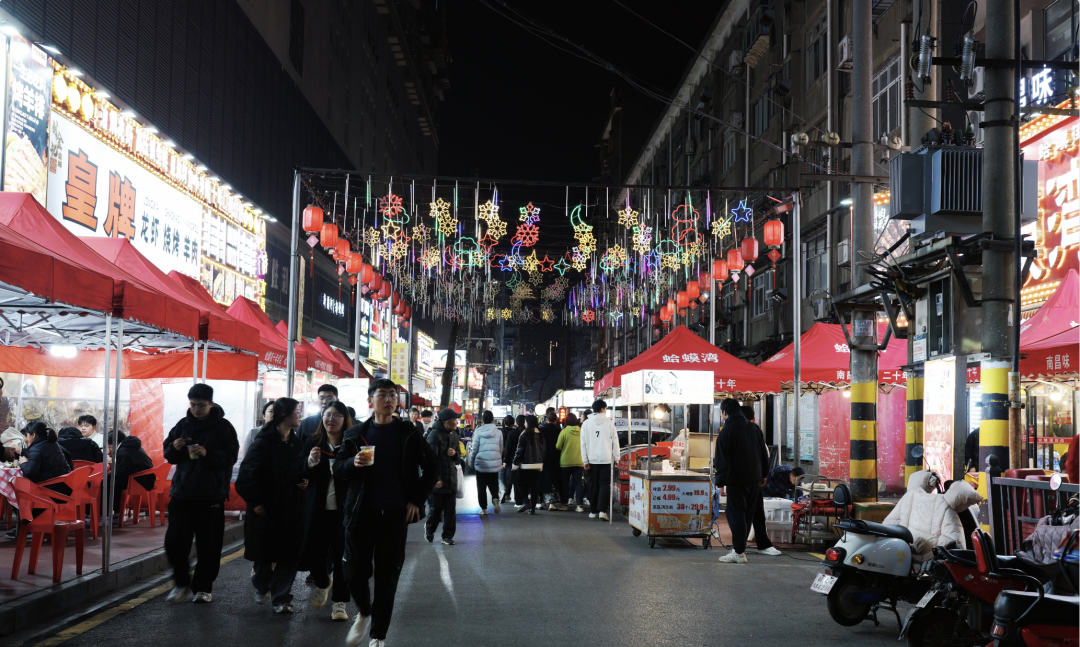
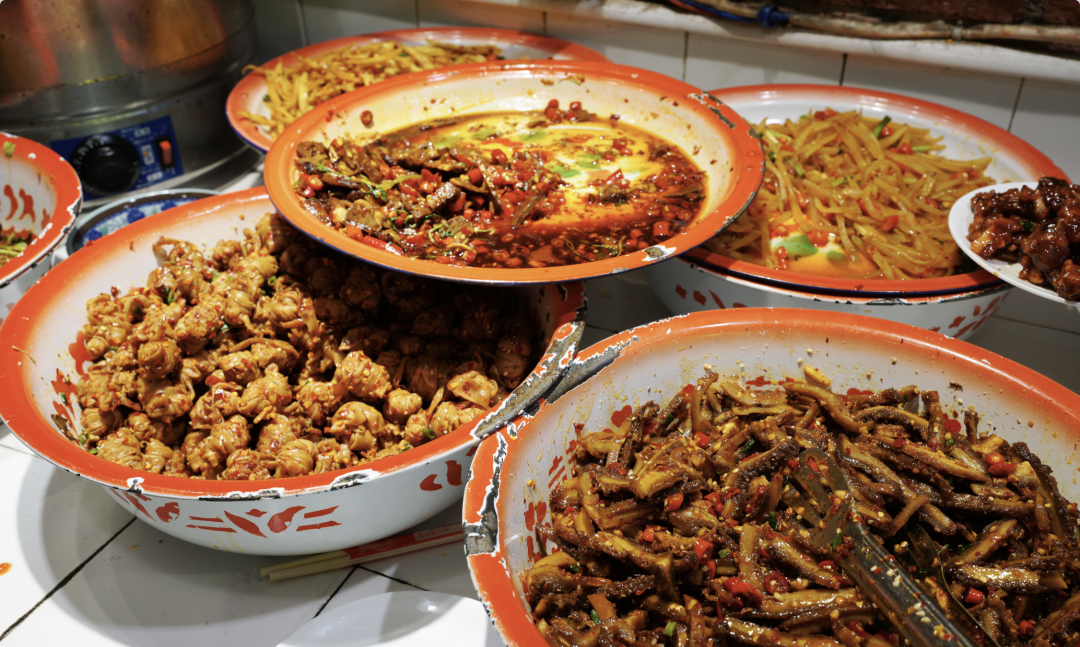
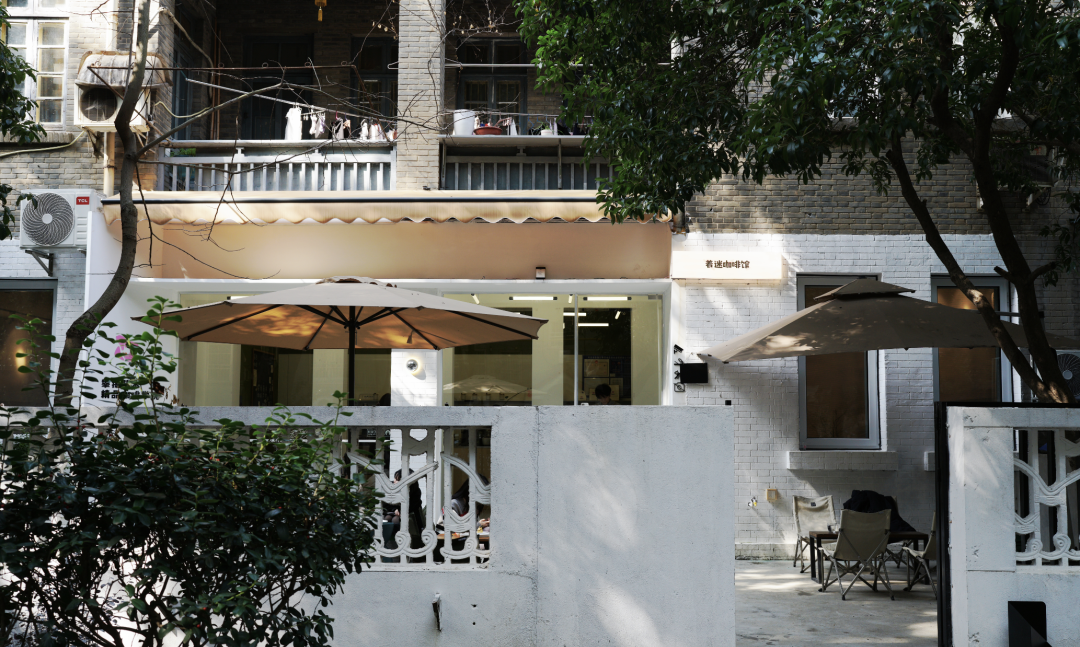
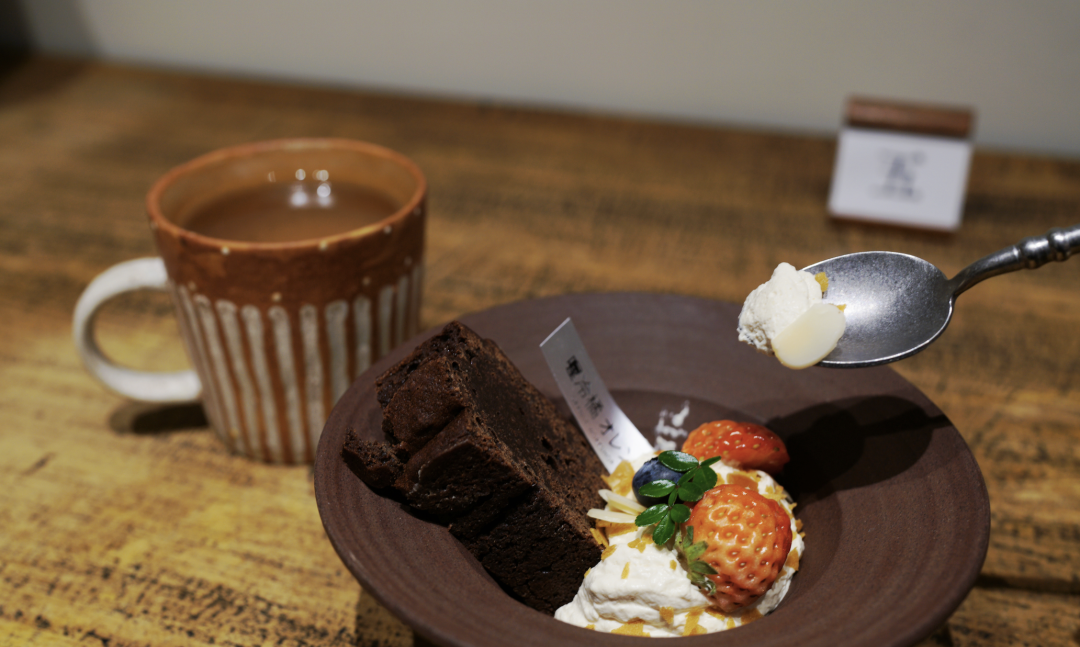
Dashi Courtyard used to be famous for breakfast, but now I don’t recommend it as nearly every family has long lines, and you’ll miss breakfast if you arrive a bit late. I suggest visiting the Railway Third Village, which is worthy of a trip. This has been an old establishment for over ten years, usually crowded but not overly so, mainly consisting of local residents, and the taste is reliable.
The night market on Frog Street is quite short but incredibly lively. Places like Piping Huo, Yuzhang Pig’s Trotter King, Ying Sister Snacks, Xiangxiang Bun Shop, and Sanyou Xiangji… there is a risk of hitting a dud, but the food density is high.
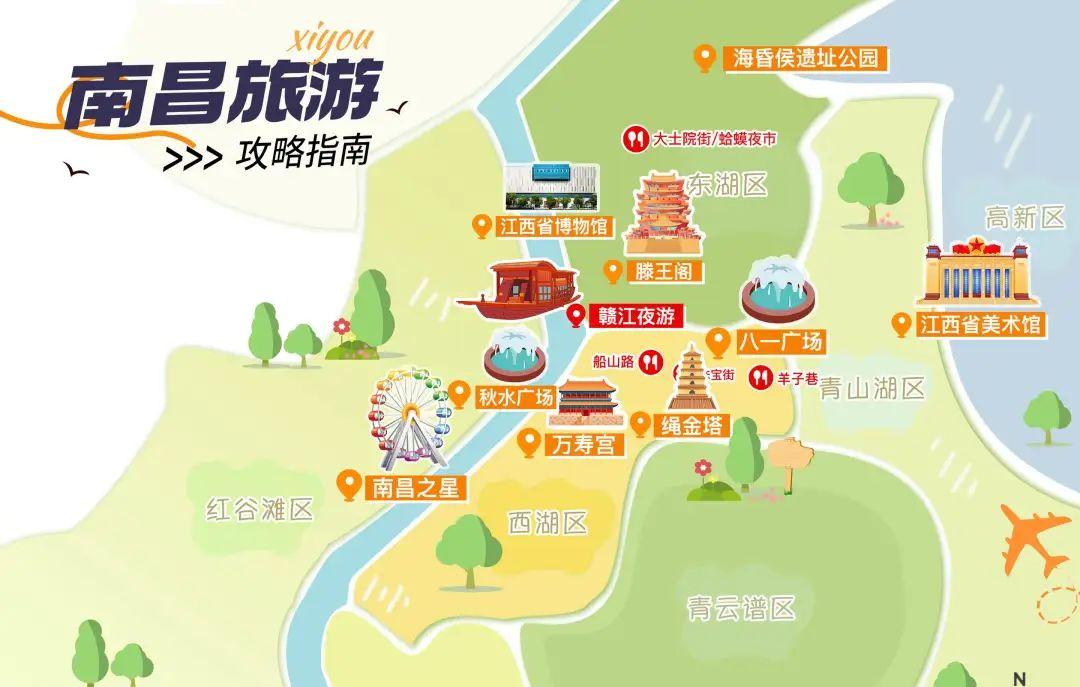
Shuanshan Road is also well-known for late-night snacks, featuring Old Three Dishes, Old Nanchang Side Snack Shop, Three Eye Well, and Langzai House… plenty of internet-famous stores, though I recommend visiting during lunchtime as there are significantly fewer people.
If you get tired of sightseeing, I highly recommend the Provincial Government Courtyard, the place with the most artistic atmosphere in Nanchang. It’s somewhat like a community with coffee shops, dessert shops, grocery stores, and bistros… there are definitely more than twenty options, and the prices are also quite touching.
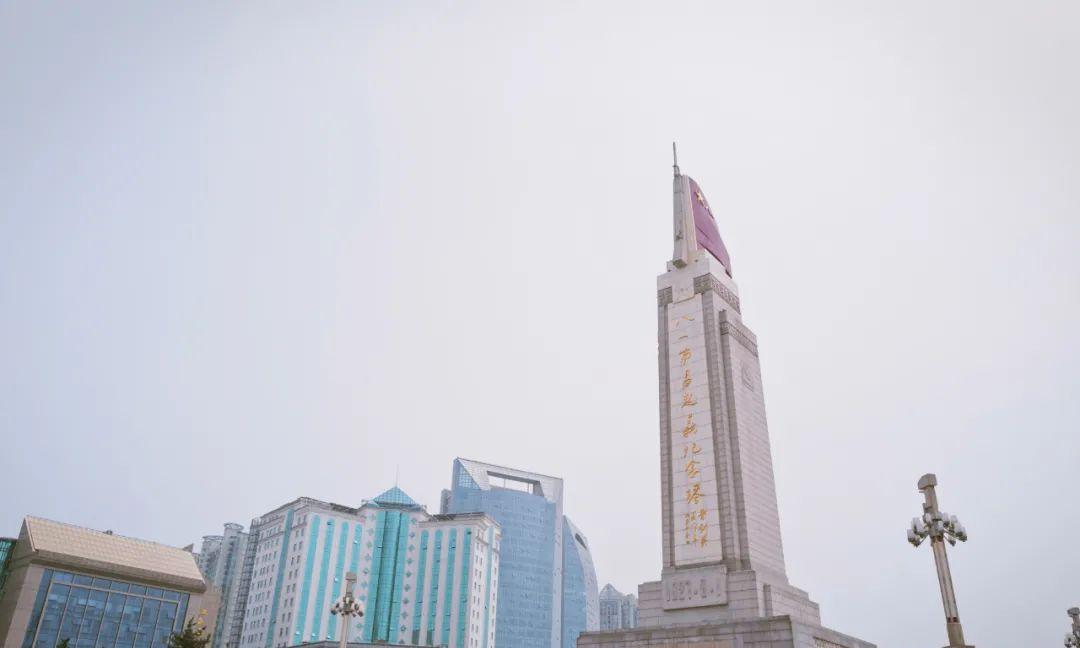
What to do in Nanchang?
To summarize the essence of this city, it revolves around “One River, One Building, One Event.” I’ve marked all the major sights on the map for you. Using the Ganjiang River, Nanchang’s mother river, as a boundary, the east side, with Bayi Square at its core, is the old city; the Jiangxi side, with Honggu Tan at its core, is the new city.
I suggest you set aside three days and two nights for Nanchang. Here’s a classic itinerary that avoids unnecessary detours for your reference—most main sights are accessible by subway. By organizing your trip this way, even if it’s your first time, you can thoroughly explore Nanchang.
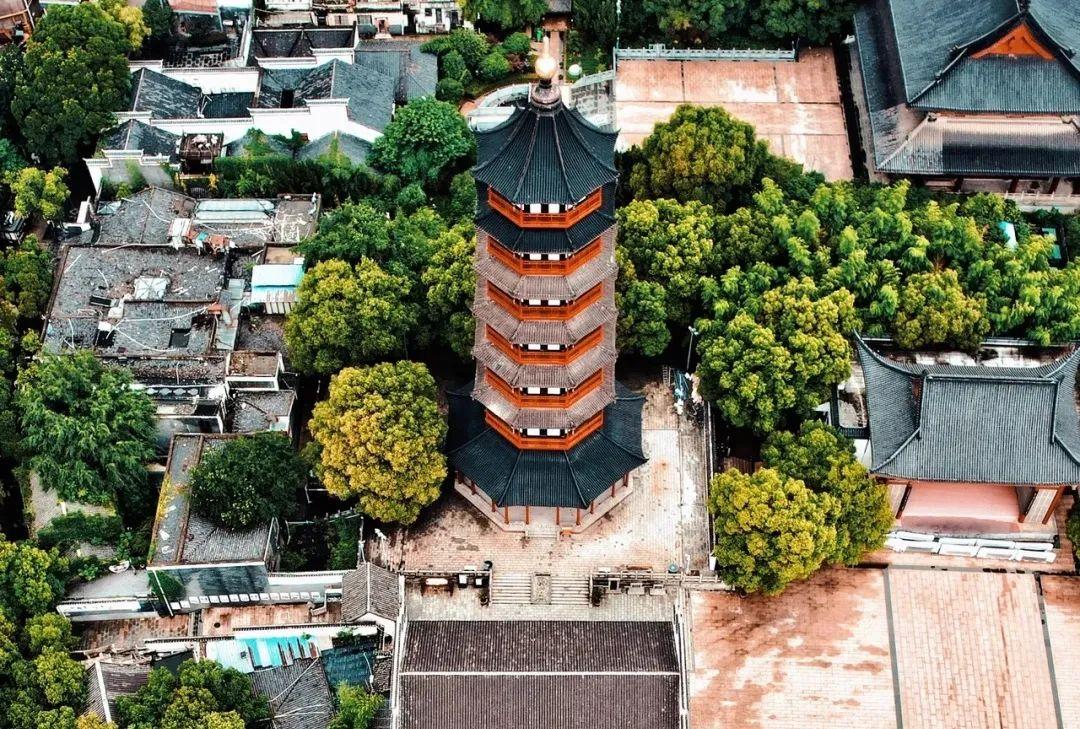
🚶Day 1: Shengjin Tower → Wanshou Palace → Bayi Square → Bayi Park → Bayi Memorial Hall → Pavilion of Prince Teng → Night view of the Ganjiang
🚶Day 2: Hai Xun Hou Ruins Park → Jiangxi Provincial Museum → Qiu Shui Square & Twin Towers → Nanchang Star
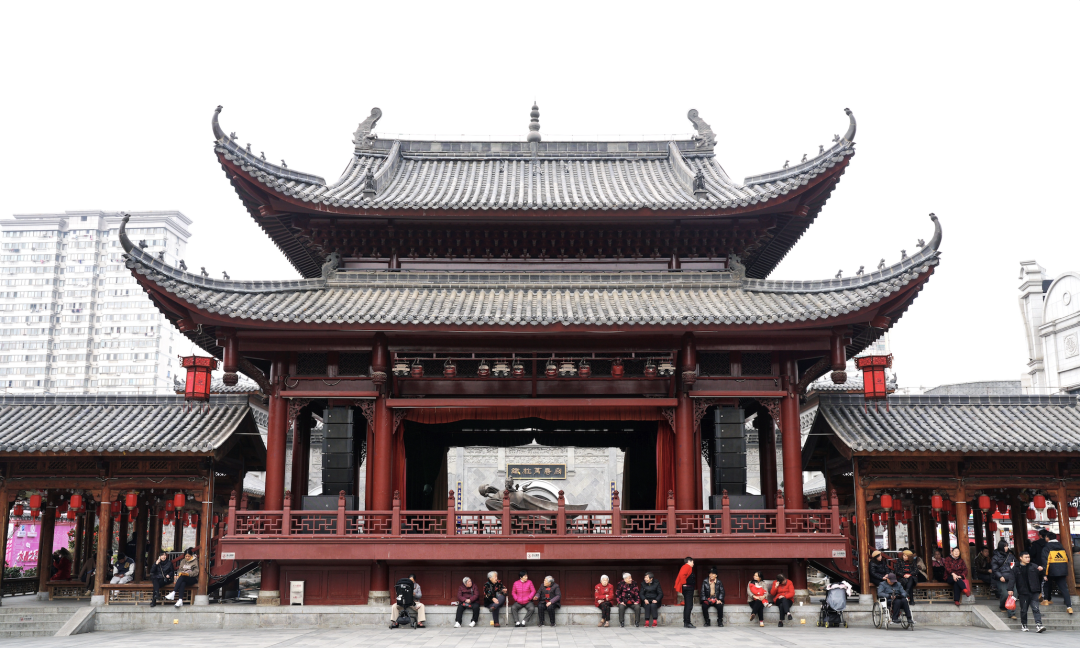
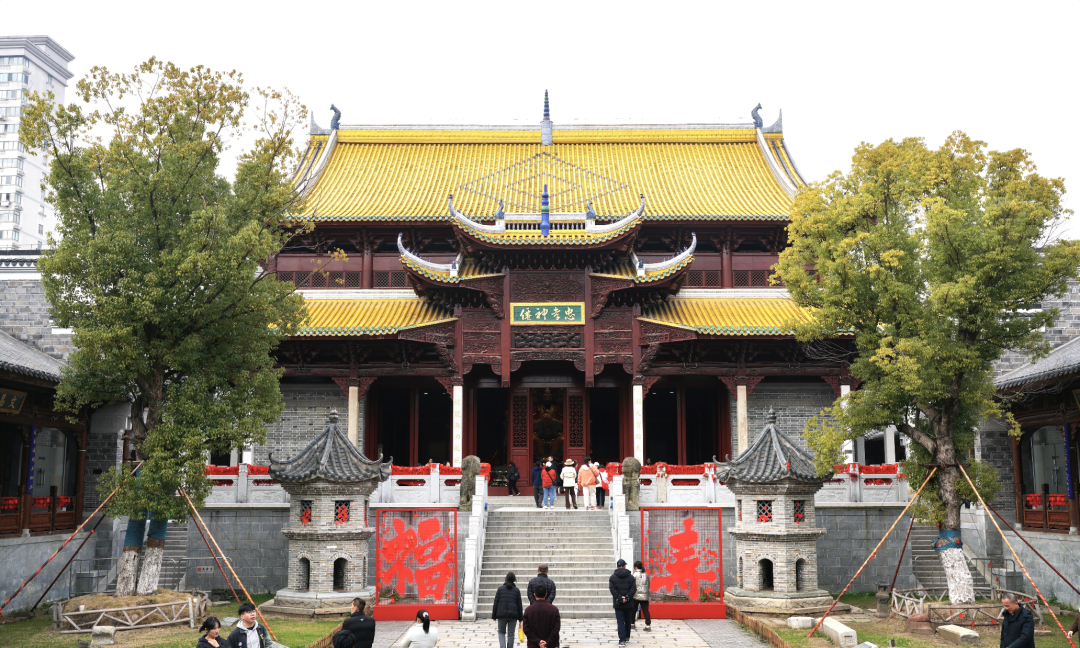
🚶Day 3: Breakfast → Return trip
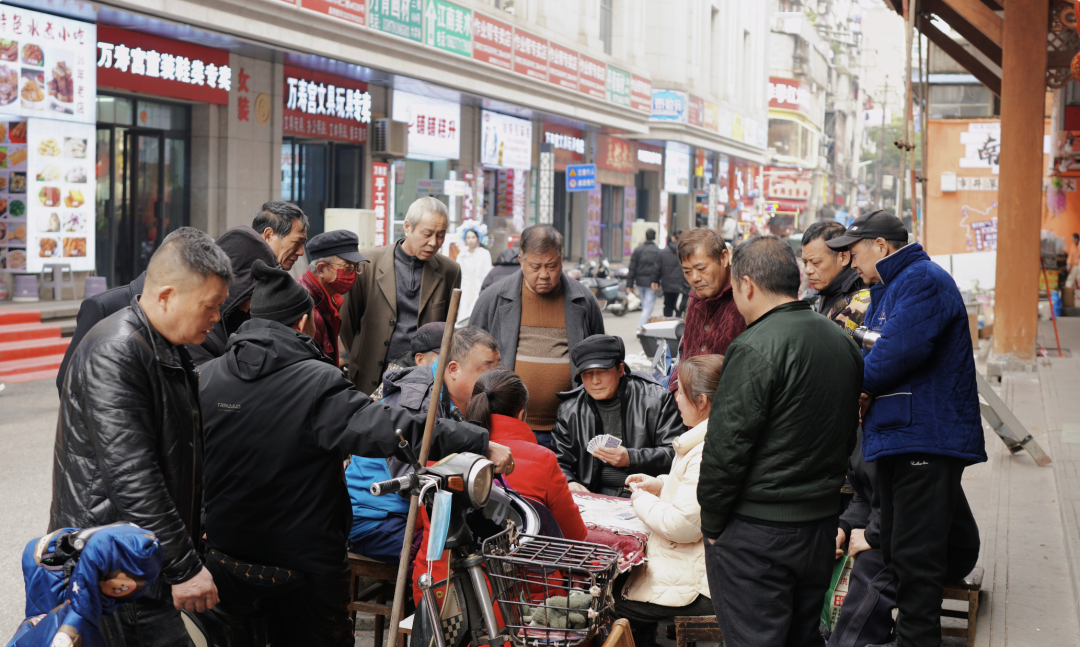
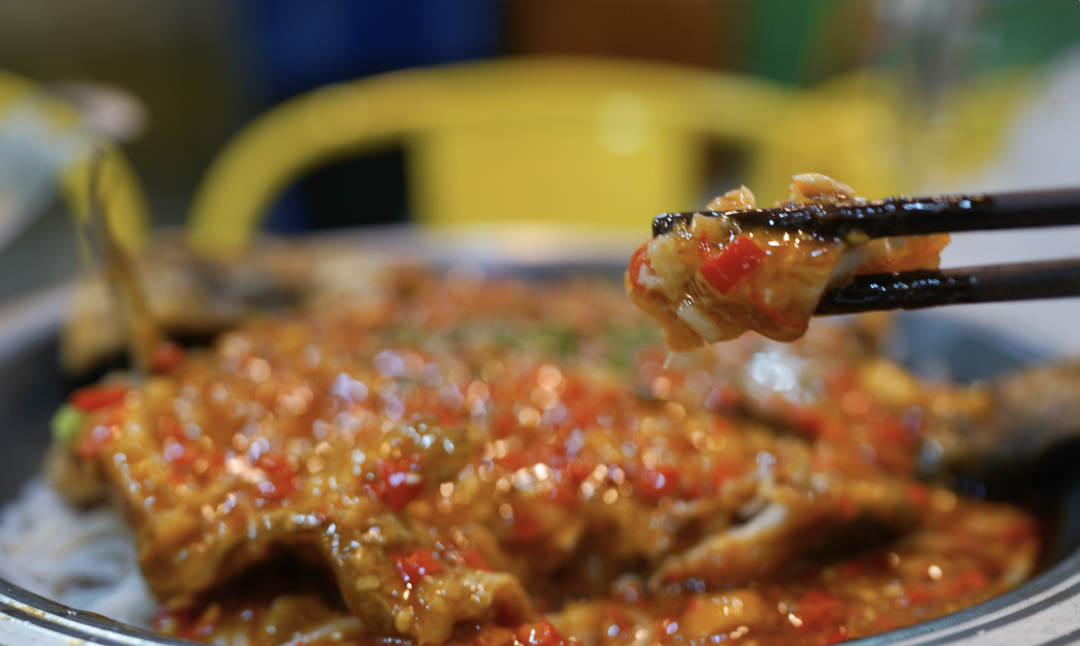
Shengjin Tower
🎫: 50 yuan
Shengjin Tower has a long history, first built during the Tang Dynasty in the Tianyou era, with the saying “water and fire are in harmony, standing vigil over Jiangcheng” still told. Now centered around Shengjin Tower, this area has been transformed into a commercial district. Climbing the tower provides views of the old city, but the admission fee is somewhat steep. Starting from Shengjin Tower, you can create a city walking route through old Nanchang.
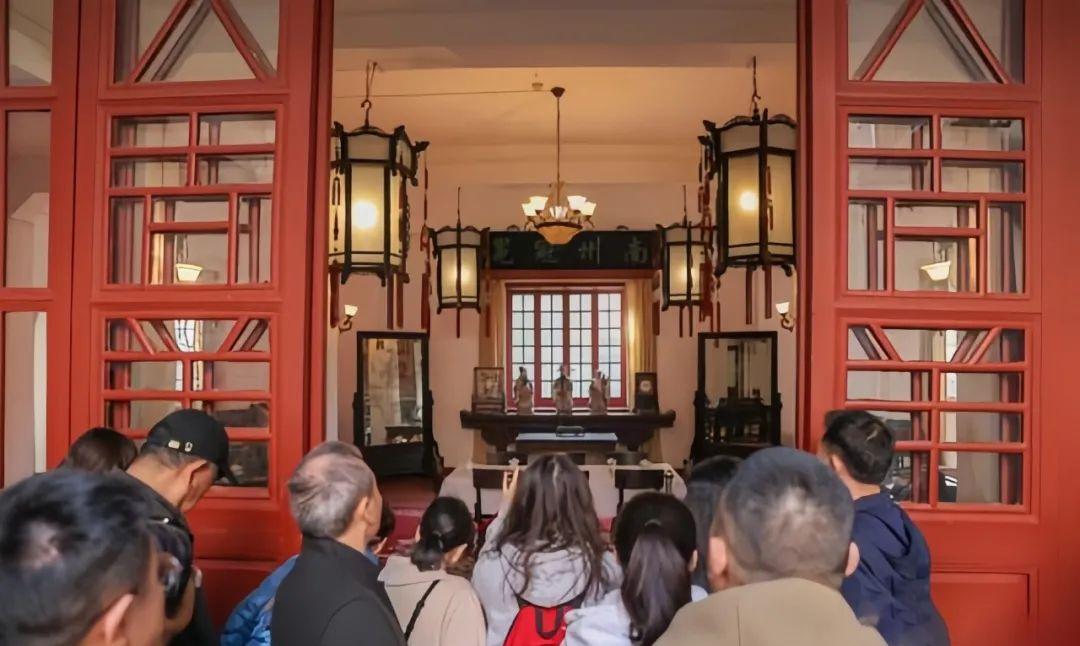
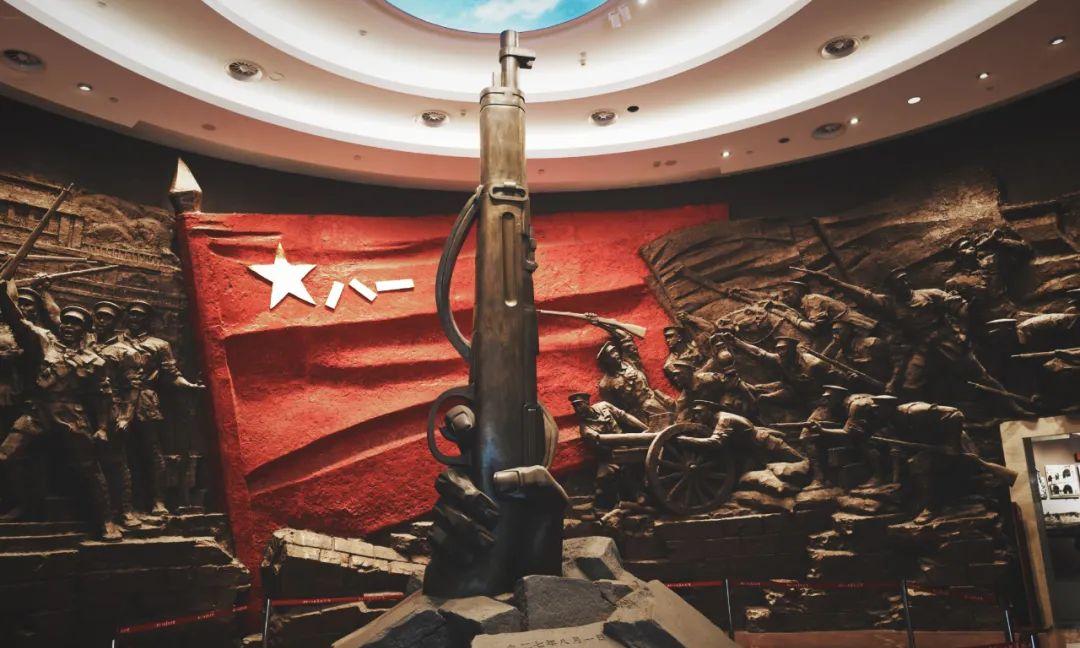
Wanshou Palace
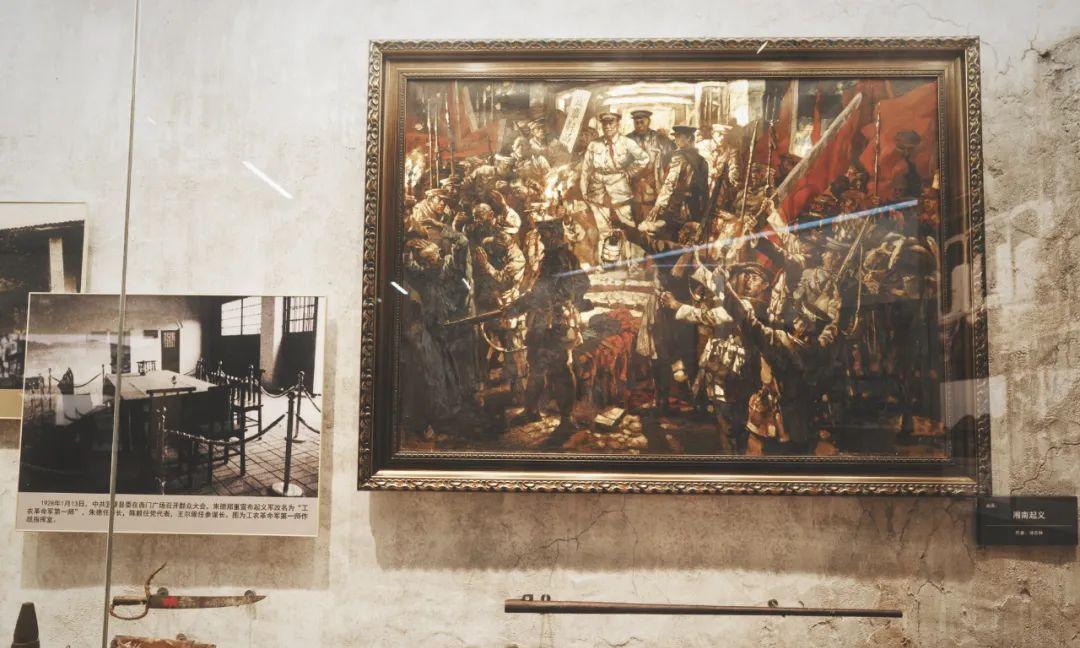
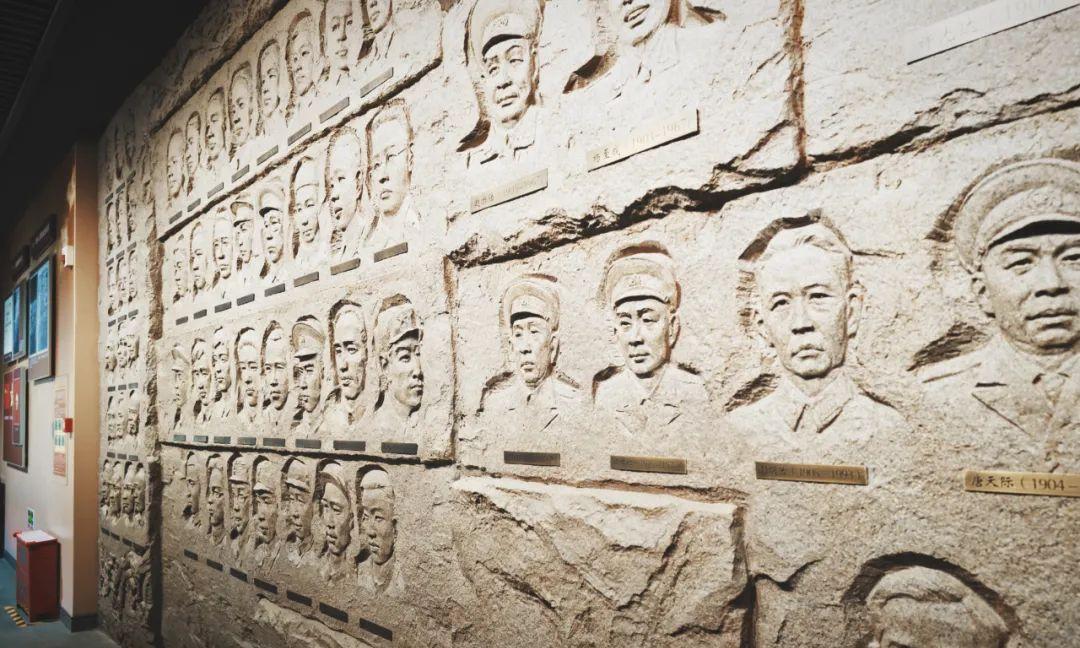
🎫: Free
Wanshou Palace was originally a well-known Taoist temple in Nanchang, but it has been entirely rebuilt now, similar to Shanghai’s City God Temple or Nanjing’s Confucius Temple, becoming a first stop for many tourists in Nanchang.
Although I inevitably wandered around Wanshou Palace, I don’t find it particularly worthwhile. However, there are several small streets around Wanshou Palace where food is especially concentrated. Yangzi Street, Zhu Bao Street, and Shuanshan Road are all within walking distance; I’ve mentioned what to eat on each earlier, so I won’t repeat myself here.
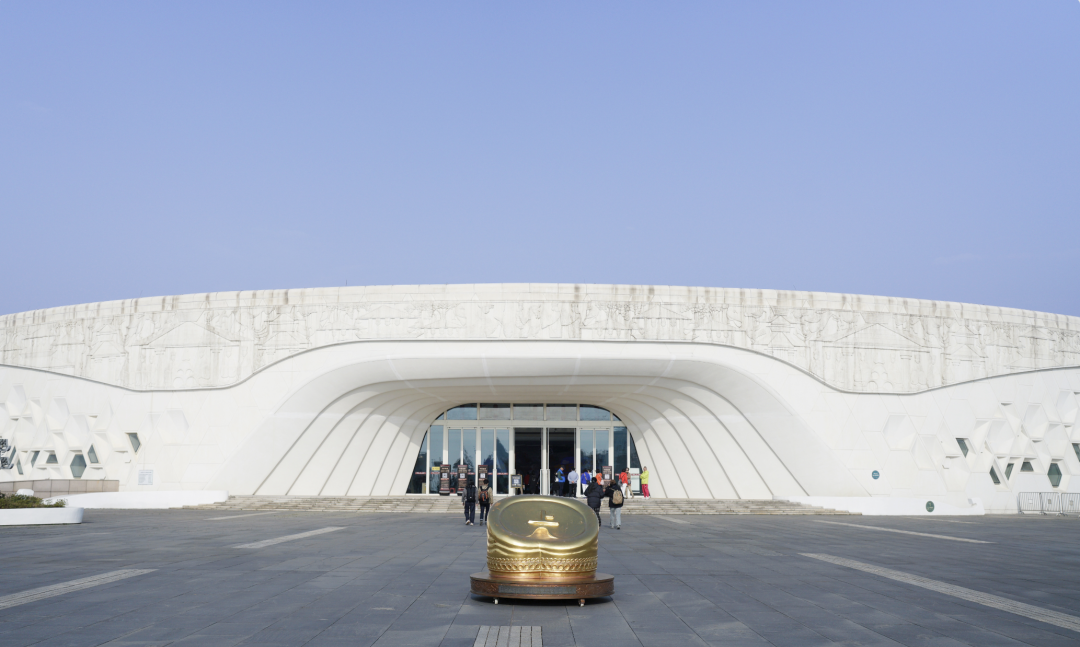
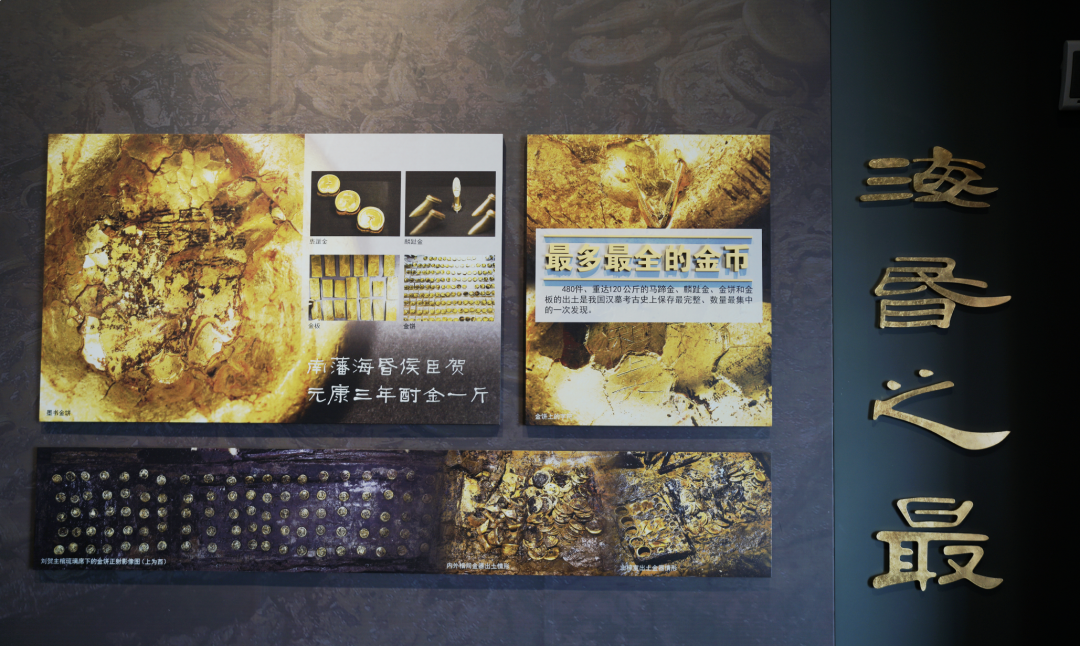
Bayi Memorial Hall
🎫: Free, closed on Mondays
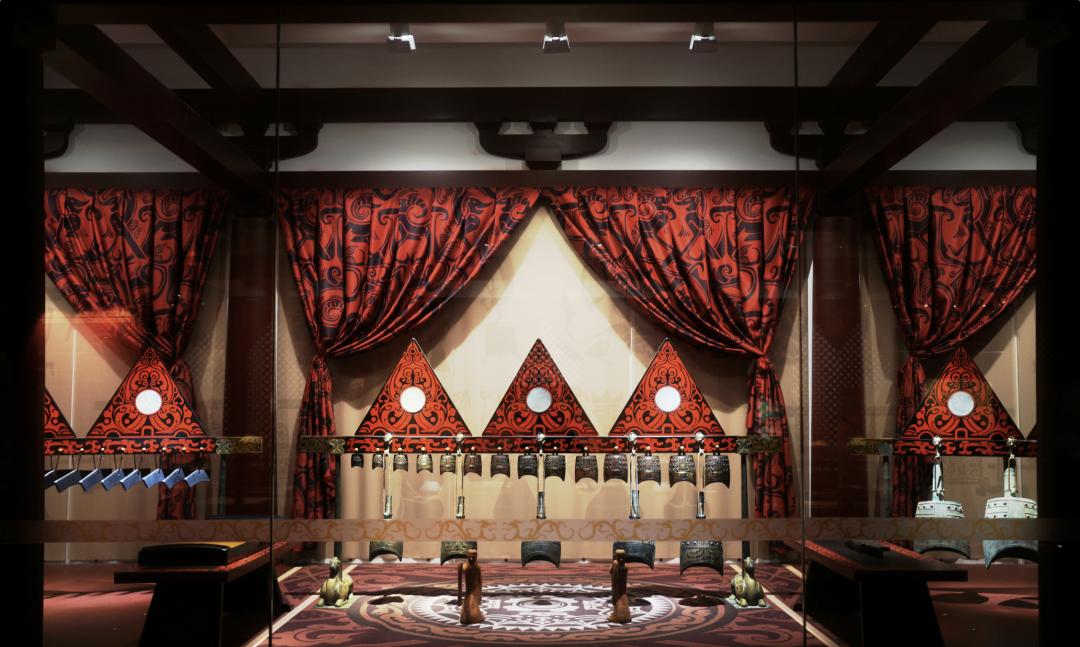
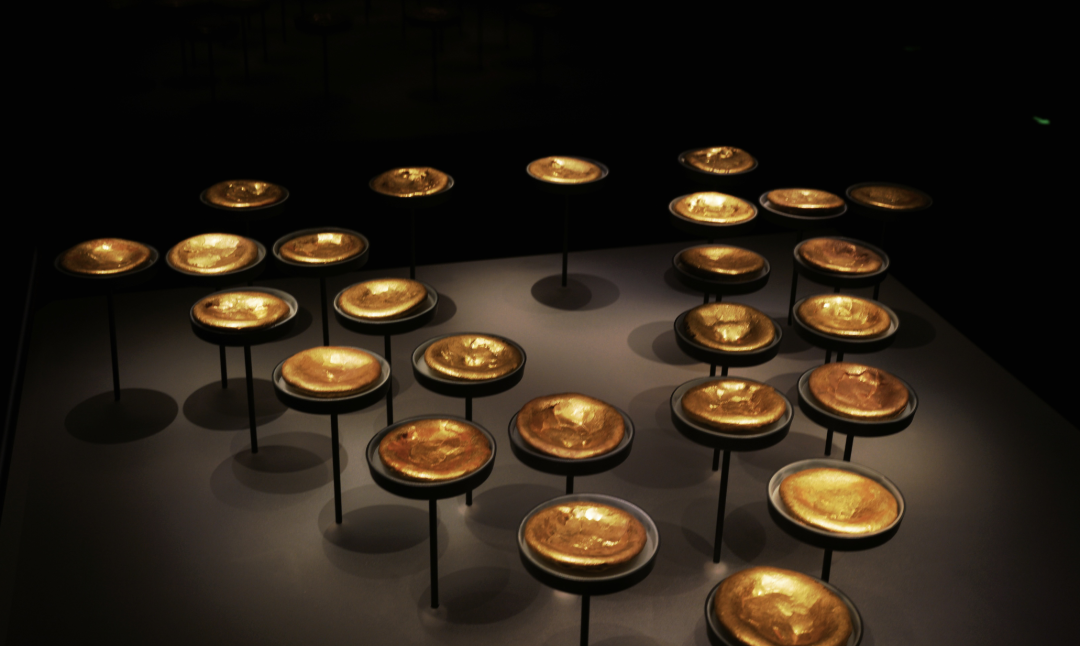
I didn’t initially have high expectations for the Bayi Memorial Hall, but it turned out to be better than I expected. The August 1st Uprising is where the slogan “Hero City” for Nanchang comes from; if you don’t know this part of history, you can’t say you fully understand Nanchang.
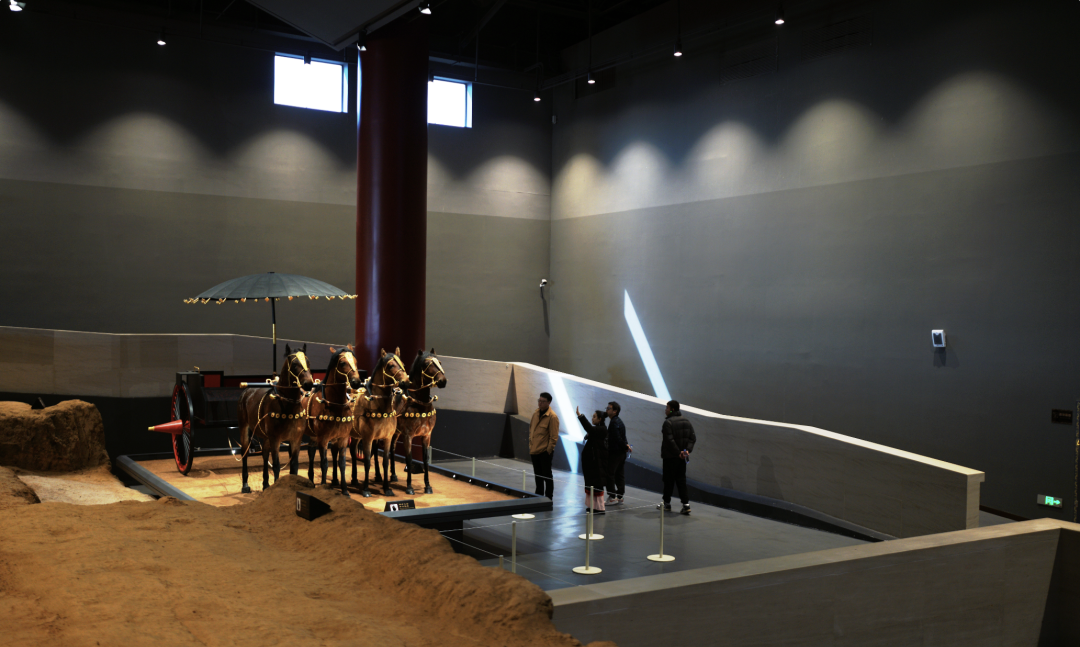
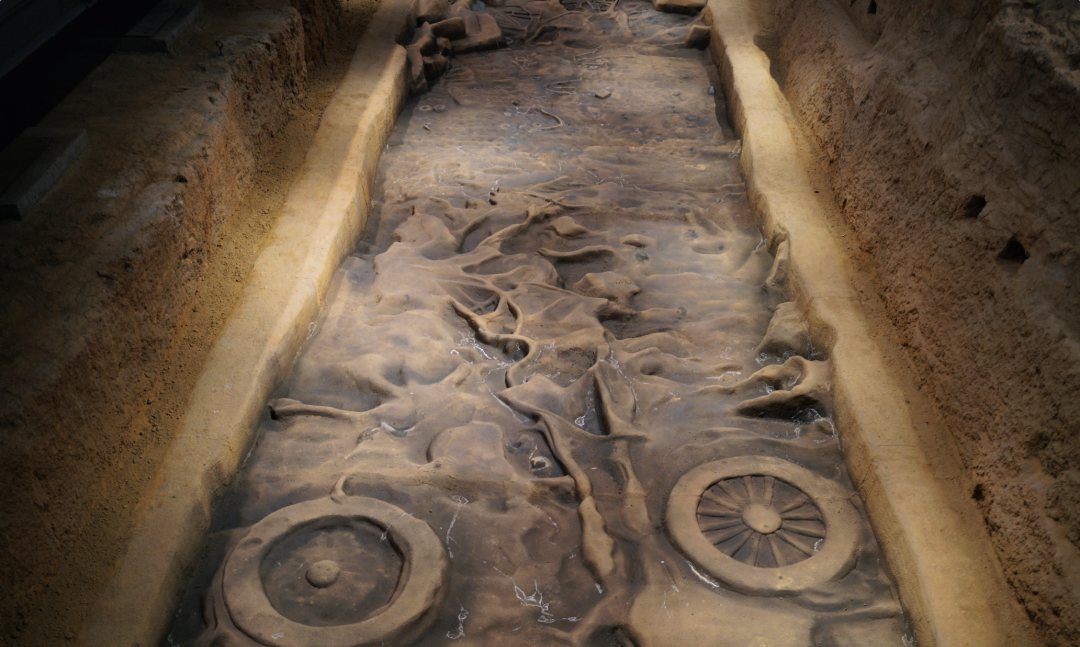
The entire memorial hall is dedicated to the Nanchang Uprising, divided into the exhibition hall and the former headquarters site. I suggest you visit the Bayi Memorial Hall on your first day as a “background supplement” to understand Nanchang better. If you’re lucky, you might catch a free guided tour.
Nanchang Han Dynasty Hai Xun Hou National Museum
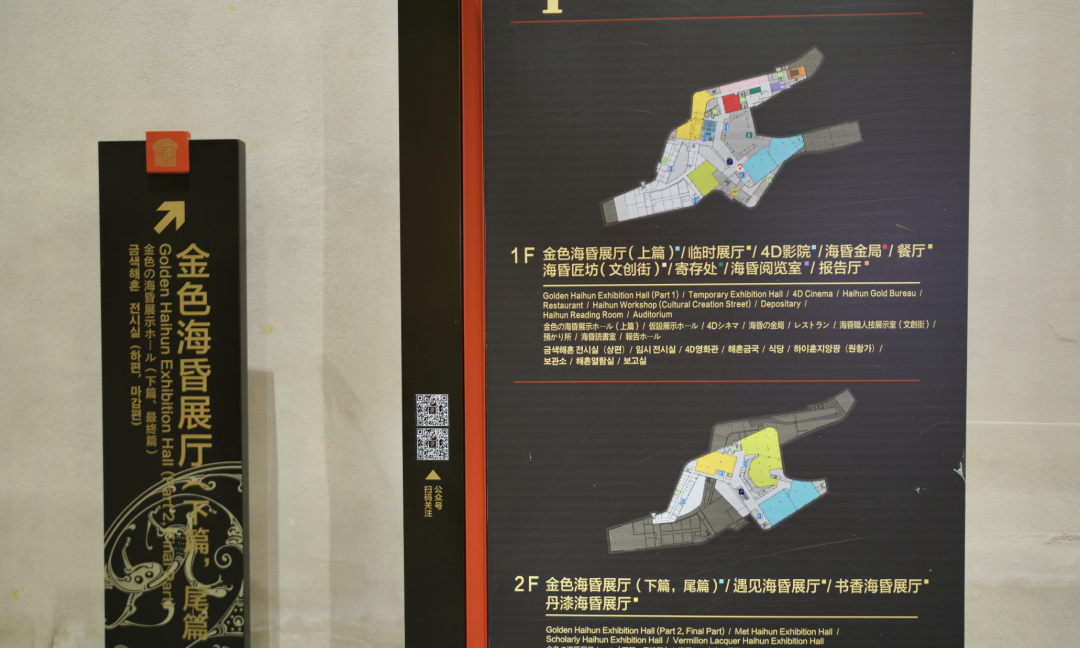
🎫: 60 yuan; ticket + sightseeing bus 75 yuan (it’s quite far, so I recommend buying)
It’s rare to find a museum like the Hai Xun Hou, and its popularity almost eclipses the Provincial Museum. After all, Hai Xun Hou has set several records: it is the largest, most complete, and richest Western Han noble tomb area; the museum has unearthed the most gold coins from the Han dynasty (exceeding the sum of all previously recovered Han coins); it houses the earliest image of Confucius and the earliest statue of the Eastern King…
Their museum’s slogan is “In the North, there are Terracotta Warriors; in the South, there is Hai Xun Hou,” so you can imagine how significant it is.
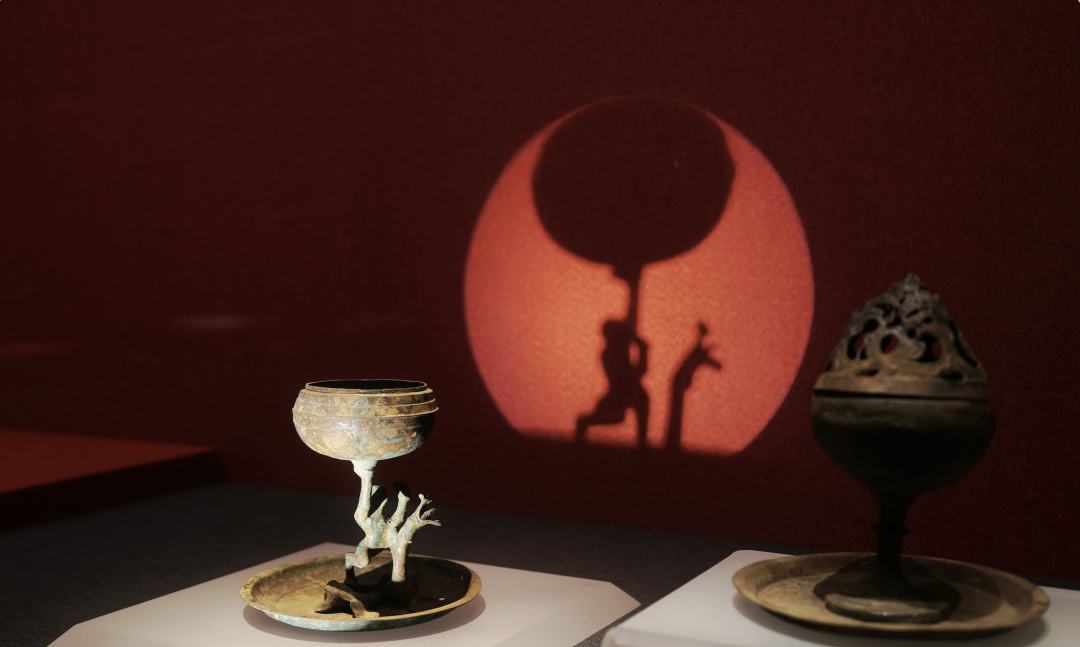
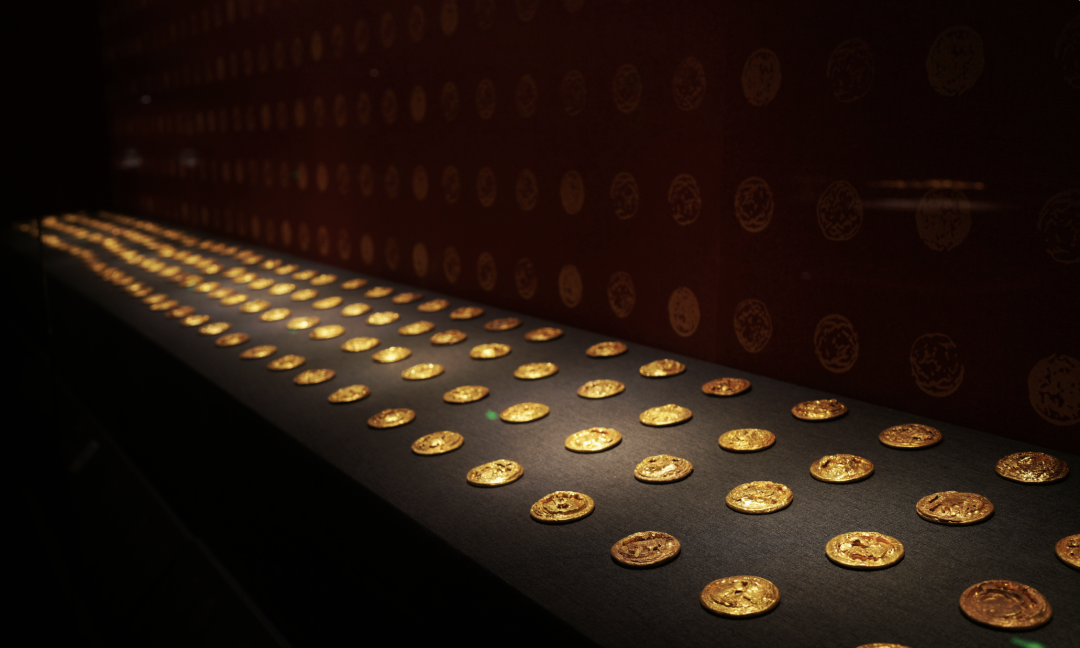
The entire museum can be described in four words: “Intoxicating with Gold and Paper.” He loved money and has unearthed over 120 kilograms of gold; was fond of luxury cars, with a burial pit containing over 20 luxury chariots; loved music, possessing a complete set of 14 bronze bells; and also enjoyed “novels,” with over 5,000 bamboo slips… basically, as I viewed, my mind was filled with worldly desires!
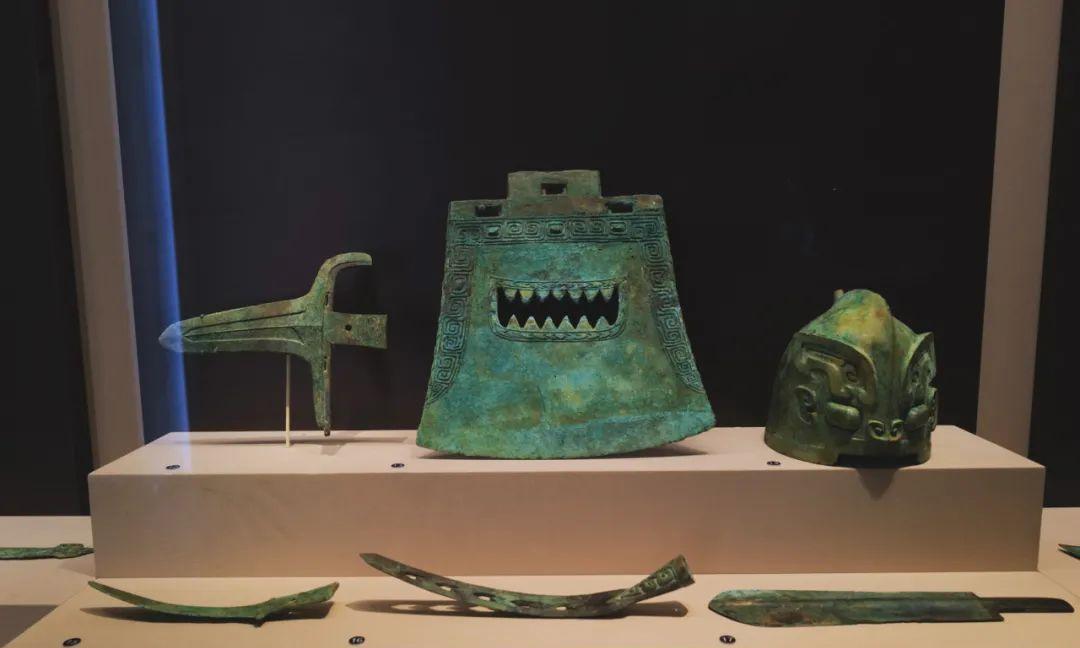
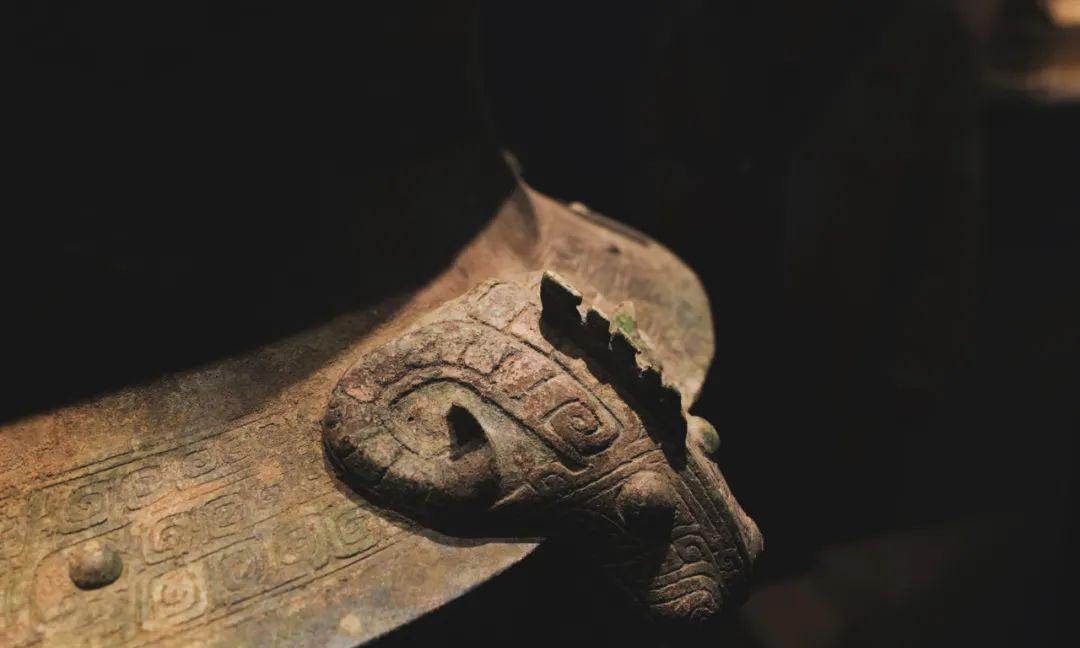
We previously wrote a specific piece about Hai Xun Hou 👉 and found that he realized he was indeed a treasure boy. Last December, the main tomb of Hai Xun Hou Liu He opened to the public for the first time, offering even more highlights, including the chance to overlook the entire tomb’s layout from an observation deck!
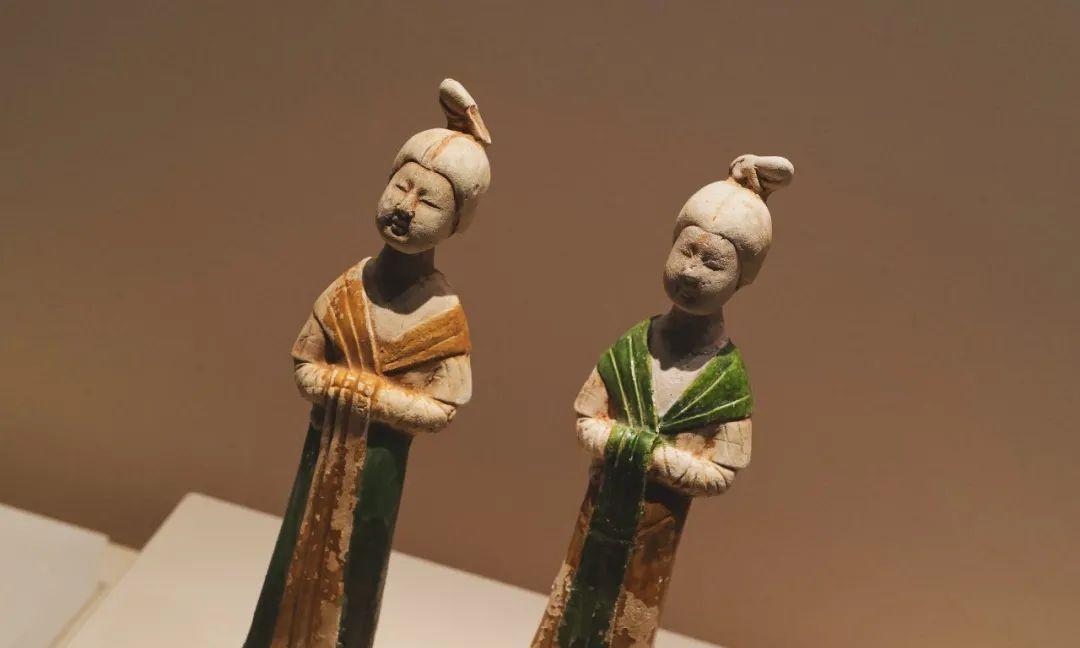
A word of caution: Hai Xun Hou is approximately a 40-minute drive from the city center, and there is only one tourist line, the 666, with a bus every two hours, which seems unreasonable for such a significant site in Nanchang. I recommend using a rideshare or carpooling, around 30 yuan per person (negotiable), as it provides more flexibility. If you plan to visit Hai Xun Hou, it’s advisable to reserve at least half a day.
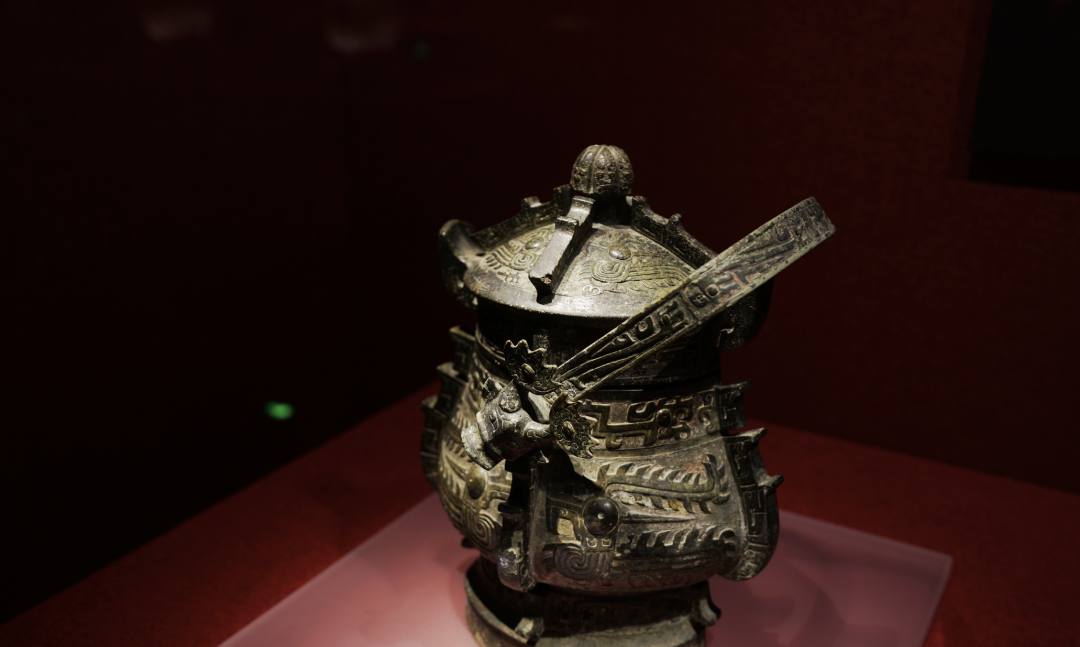
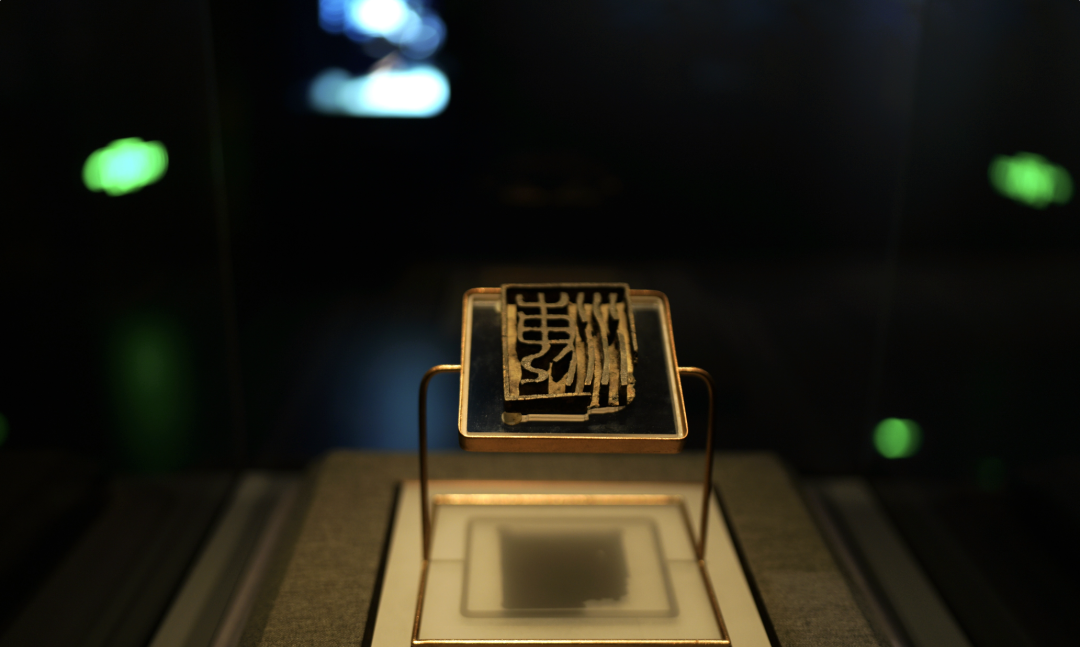
Jiangxi Provincial Museum
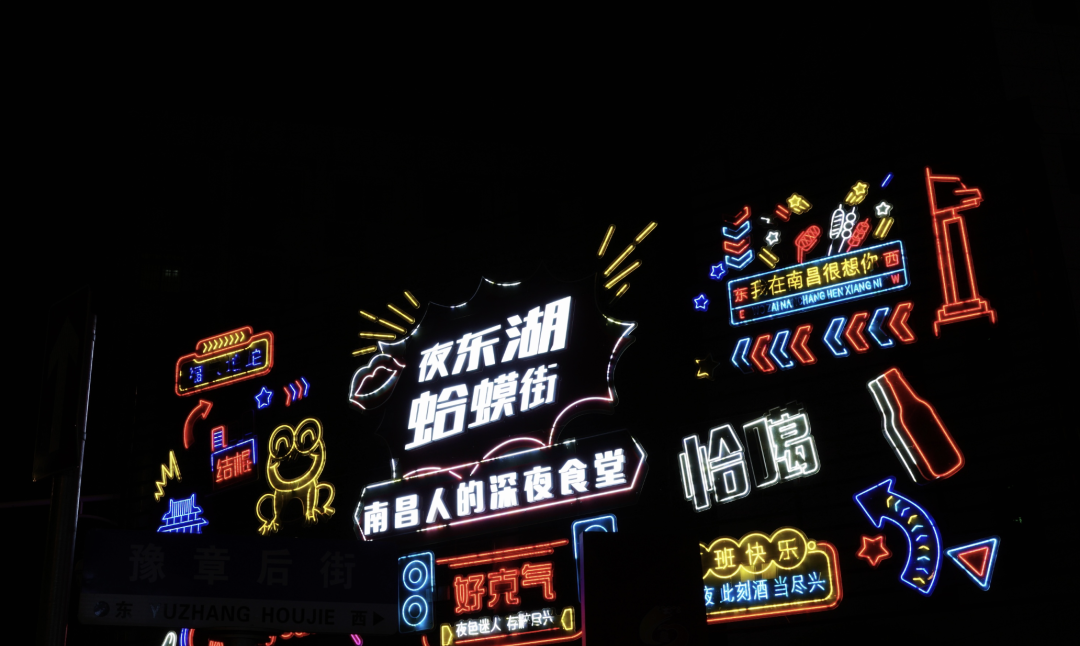
🎫: Free
Nanchang’s two major museums—the Provincial Museum and Hai Xun Hou—can be discussed together. After all, they represent the province’s face, with treasures from across Jiangxi, including those from Hai Xun Hou but occupying only a portion of one exhibition hall.
Jiangxi is not as renowned for historical artifacts as Shaanxi and Henan, but visiting this museum will certainly be worthwhile! Jiangxi Provincial Museum has a total of 8 permanent exhibition halls and 3 temporary exhibition halls, with a considerable number of exhibits; I recommend spending at least 3 hours there.
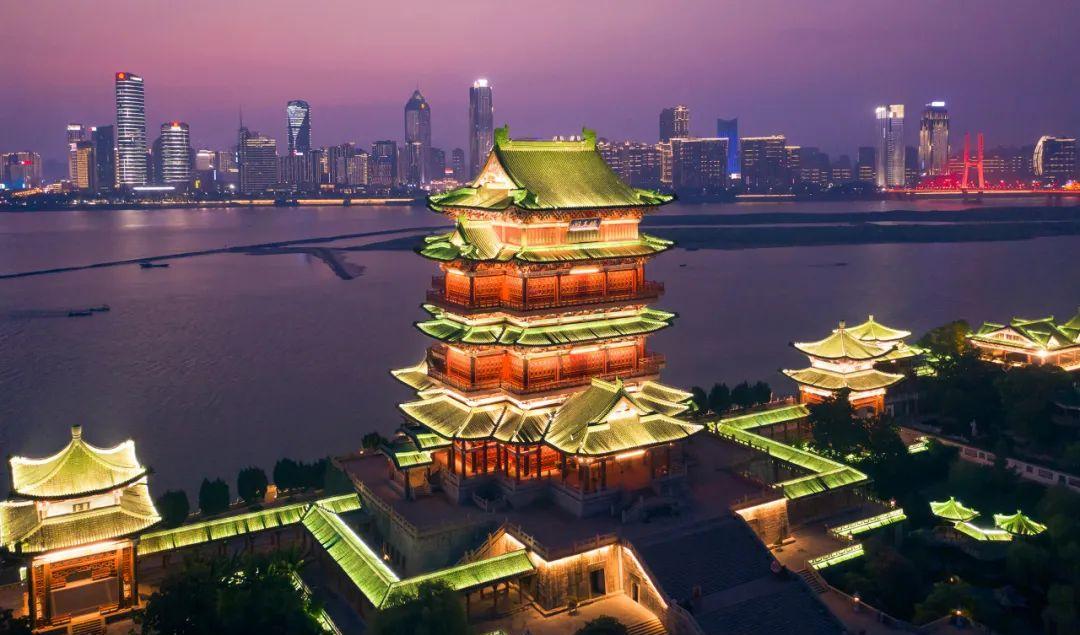
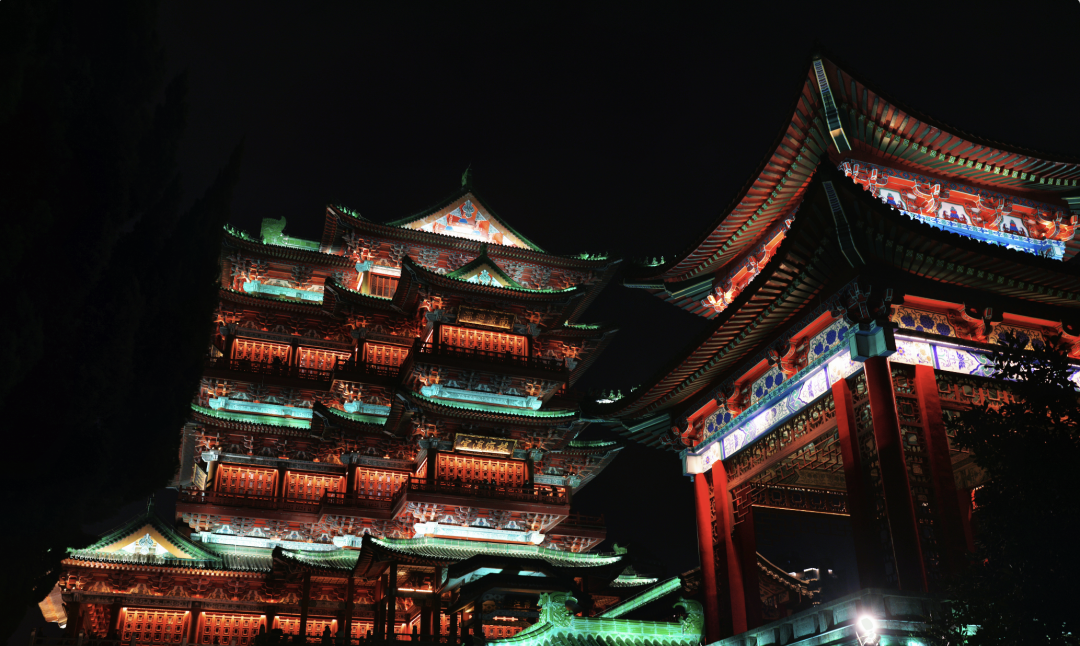
Pay special attention to their bronzes and ceramics, which are of absolute top quality! The Oceania merchant tomb discovered in Nanchang is historically on par with Sanxingdui. The celadon from Jingdezhen during the Ming and Qing dynasties was China’s porcelain center; each piece that makes it into the Provincial Museum genuinely is a masterpiece.
To summarize, if you have a keen interest in Han culture, visiting Hai Xun Hou is definitely worth it; if you’d like to gain a comprehensive understanding of Jiangxi’s history and culture, or if your time is limited, the Provincial Museum would be a better visit. I went to Hai Xun Hou as soon as it opened; as long as you aren’t meticulously sightseeing, with some effort, you can cover both museums in one day together.
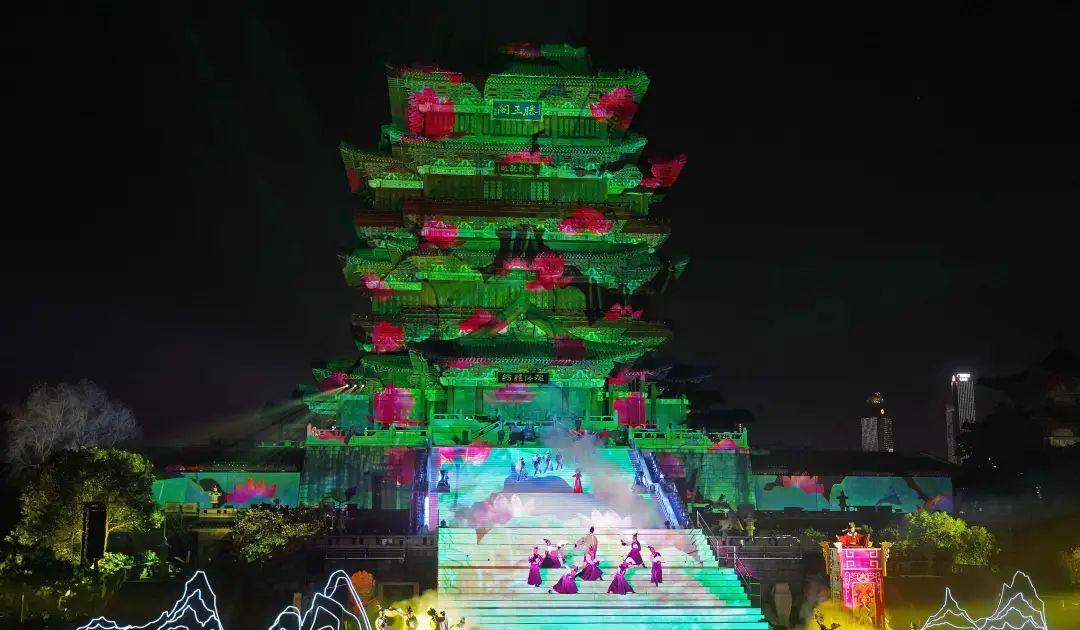
During the summer, Nanchang is an undeniable furnace. Over the past two years, it is evident that Nanchang is clearly crafting its identity as a nightlife city.
Night Games in Nanchang, represented by Frog Street and Shuanshan Road night markets and along the Ganjiang River.
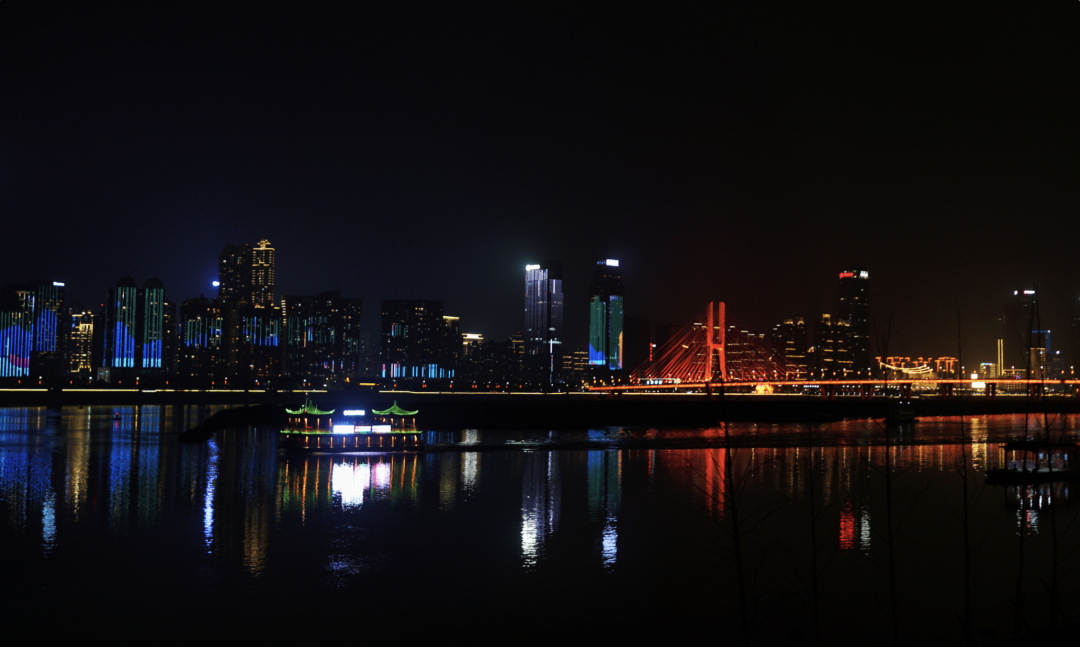
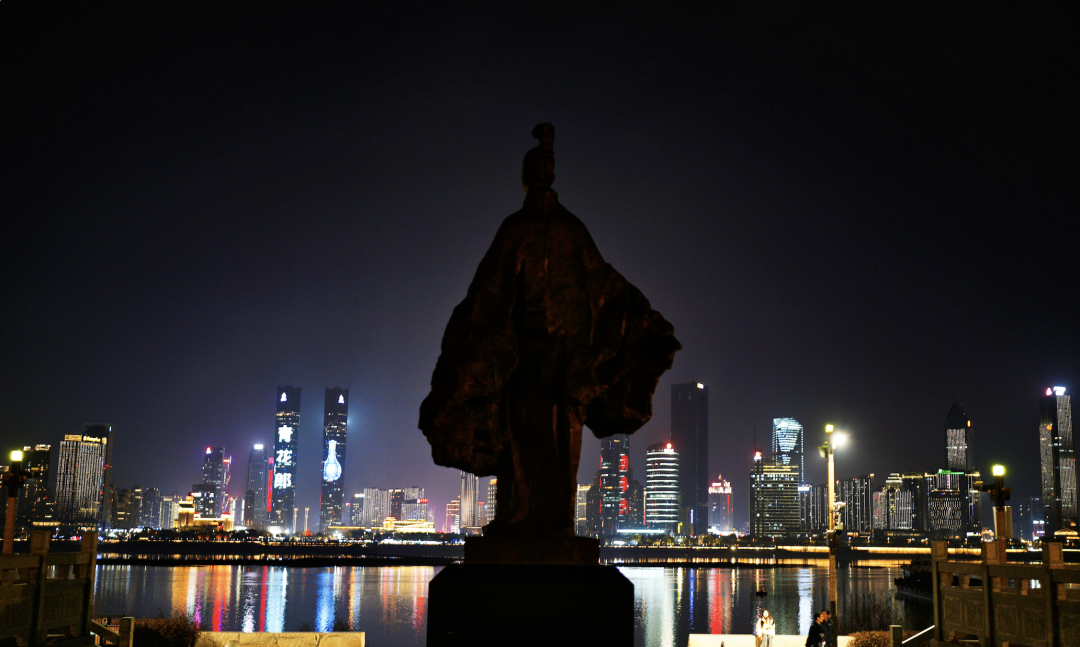
Pavilion of Prince Teng
🎫: Free – 50 yuan
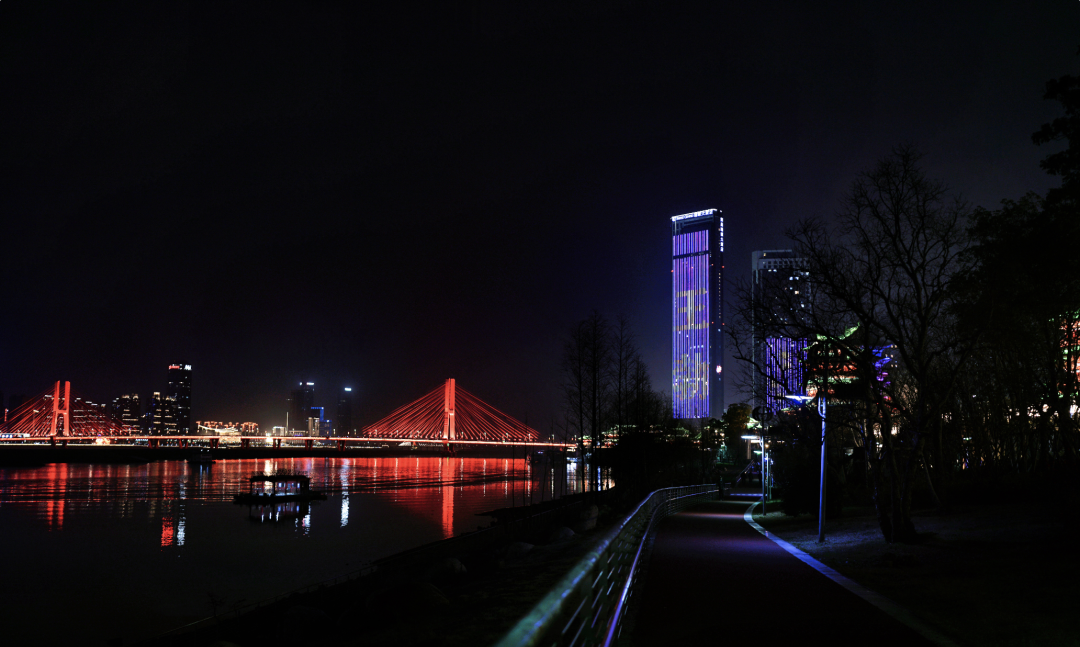
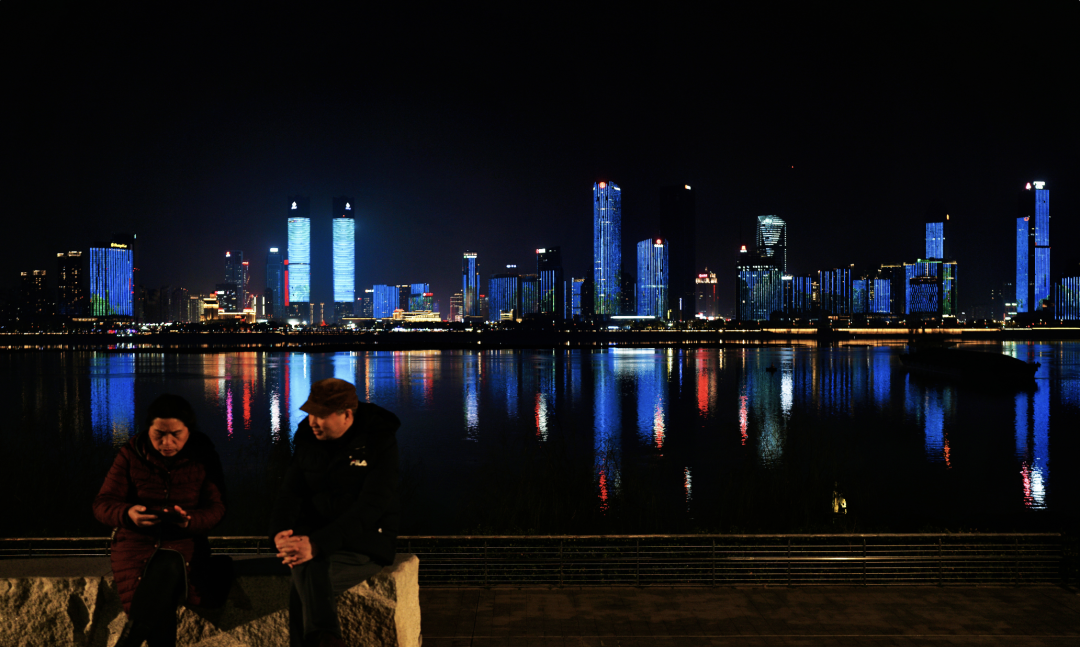
Whether the Pavilion of Prince Teng looks better during the day or at night is subjective, but I’ll mainly discuss its features. Having undergone 26 reconstructions, the present Pavilion of Prince Teng can be seen as a new building, yet this does not detract from its aesthetic appeal—standing by the river, it is a landmark.
Since the beginning of this year, the northern section of the Pavilion of Prince Teng (accessible through the south ticket entrance, where there is an iron gate) and the boat dock area have officially opened for free. If you just want to take a side photo of the pavilion, the free area is sufficient.
*Zero-cost view from the northern area
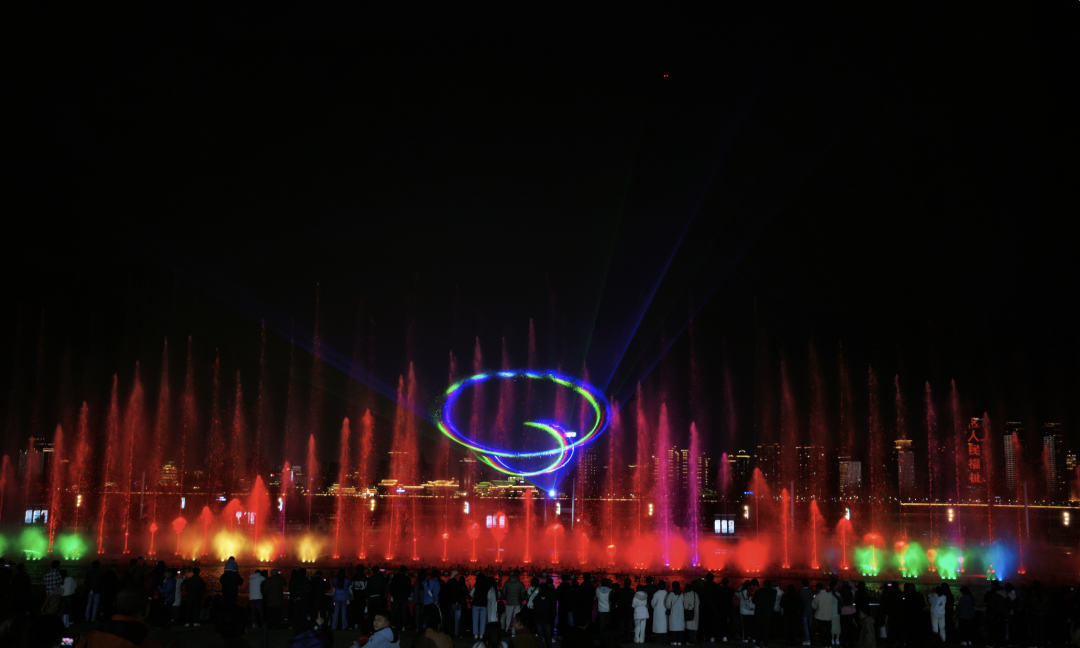
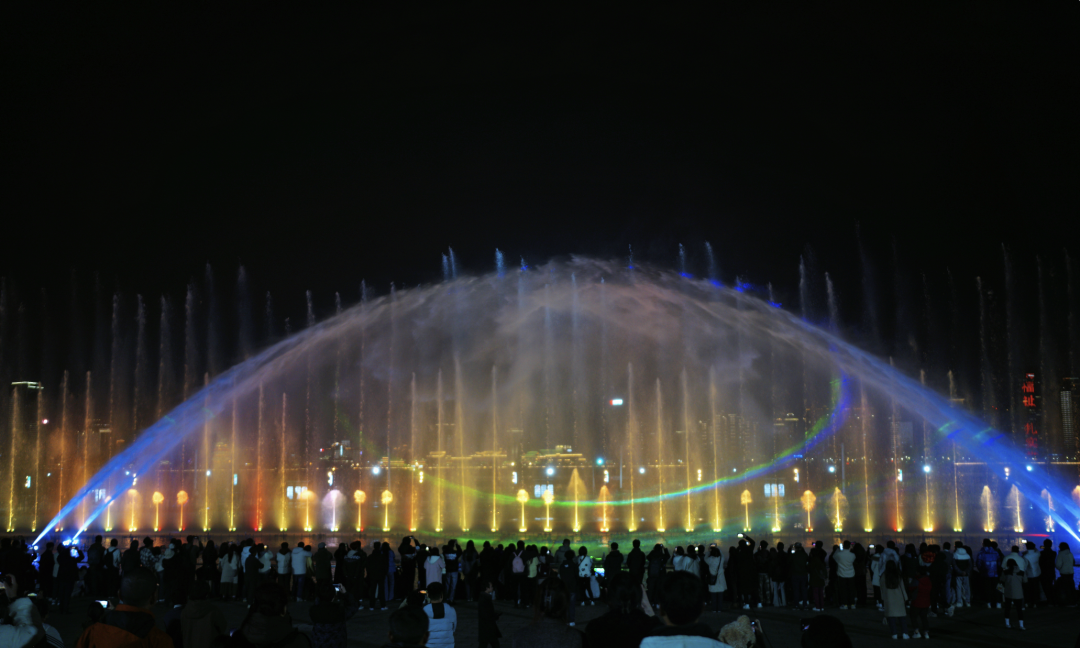
If you want to capture the pavilion from the front, you still need to buy a ticket. There are three ticket entrances in total; the east gate is closest to the “Dream of Pavilion of Prince Teng” performance (168 yuan, including entry into the pavilion, performance time from 19:30 to 20:15). You can enter for free by reciting “Pavilion of Prince Teng Preface” flawlessly, as the machine checks a score of 60 points; this free admission event is available only for daytime visits.
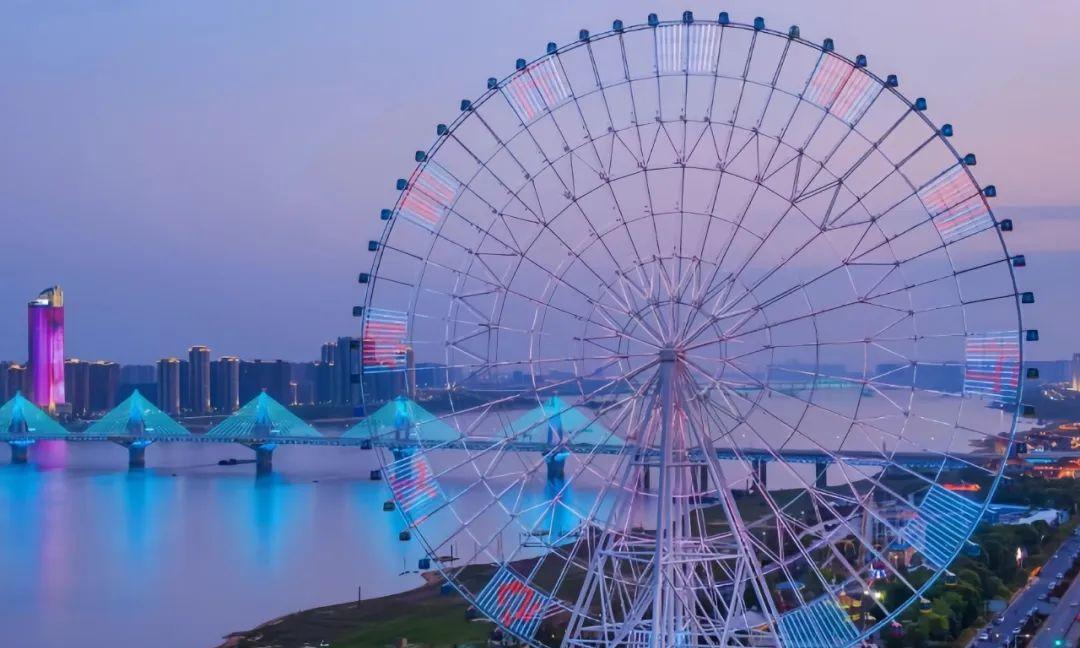
Ganjiang River Night Cruise
🎫: 98 yuan
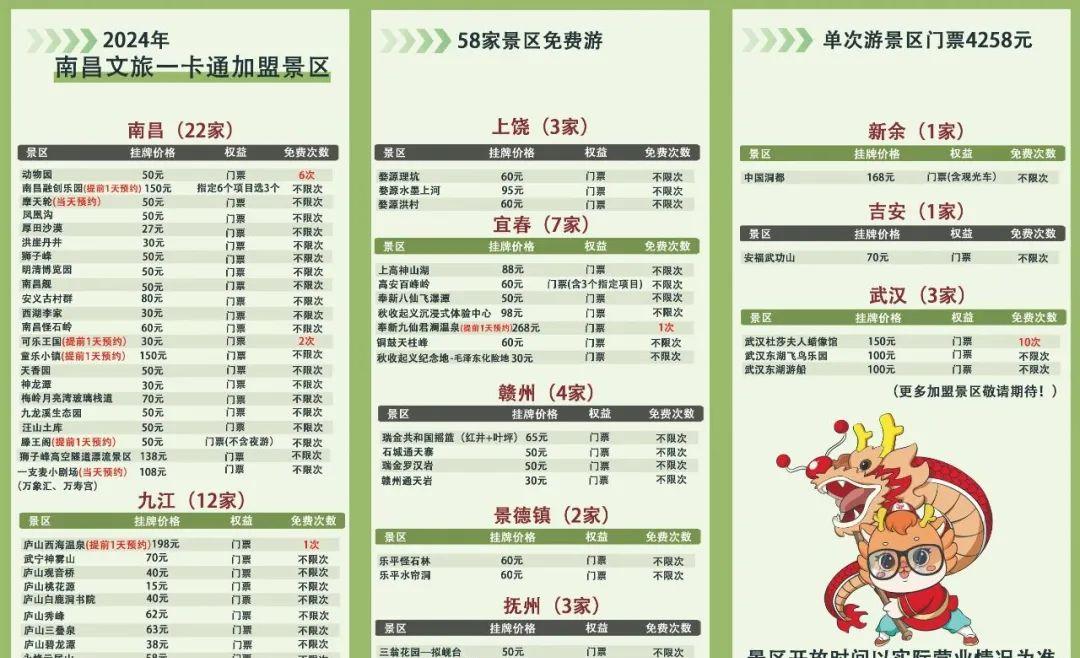
After descending from the Pavilion of Prince Teng, it’s just a short walk to the dock, and the directions are quite clear. Daytime cruises (10:50-11:50, 15:50-16:50) and night cruises (19:00-19:50, 20:05-20:55, 21:15-22:05) operate at fixed times daily, with a total duration of about 50 minutes, and there will be narration on board.
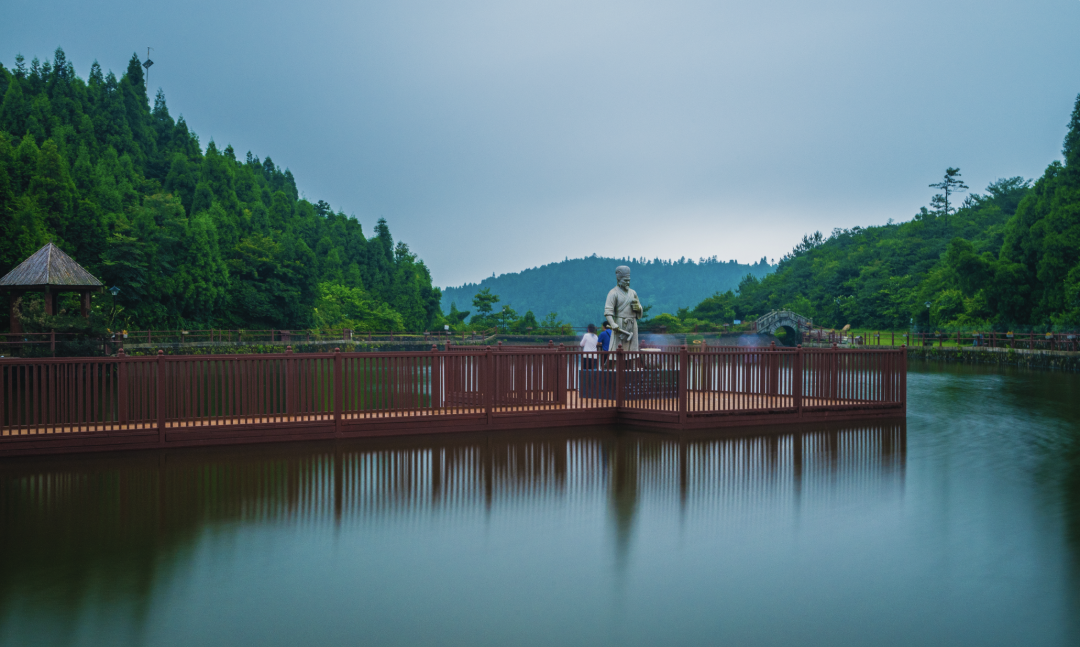
The skyscrapers along both sides of the Ganjiang River are illuminated, and during holidays, there are LED light shows that coordinate with the narration. I thoroughly enjoyed seeing people walking and dating by the river; the river breeze is refreshing—this leisurely lifestyle is unique to cities along the river.

Qiu Shui Square & Nanchang Star
🎫: Free / 50 yuan
Two other popular night tour attractions in Nanchang, located across the river from the Pavilion of Prince Teng in Honggu Tan. Qiu Shui Square reportedly has the largest musical fountain complex in all of Asia, featuring two performances daily at 19:00-19:15 and 20:00-20:15. Honestly, it was not as stunning as I had expected; our local photographer said the Nine Dragons Lake fountain is even more impressive and high-tech, though it is further away.

